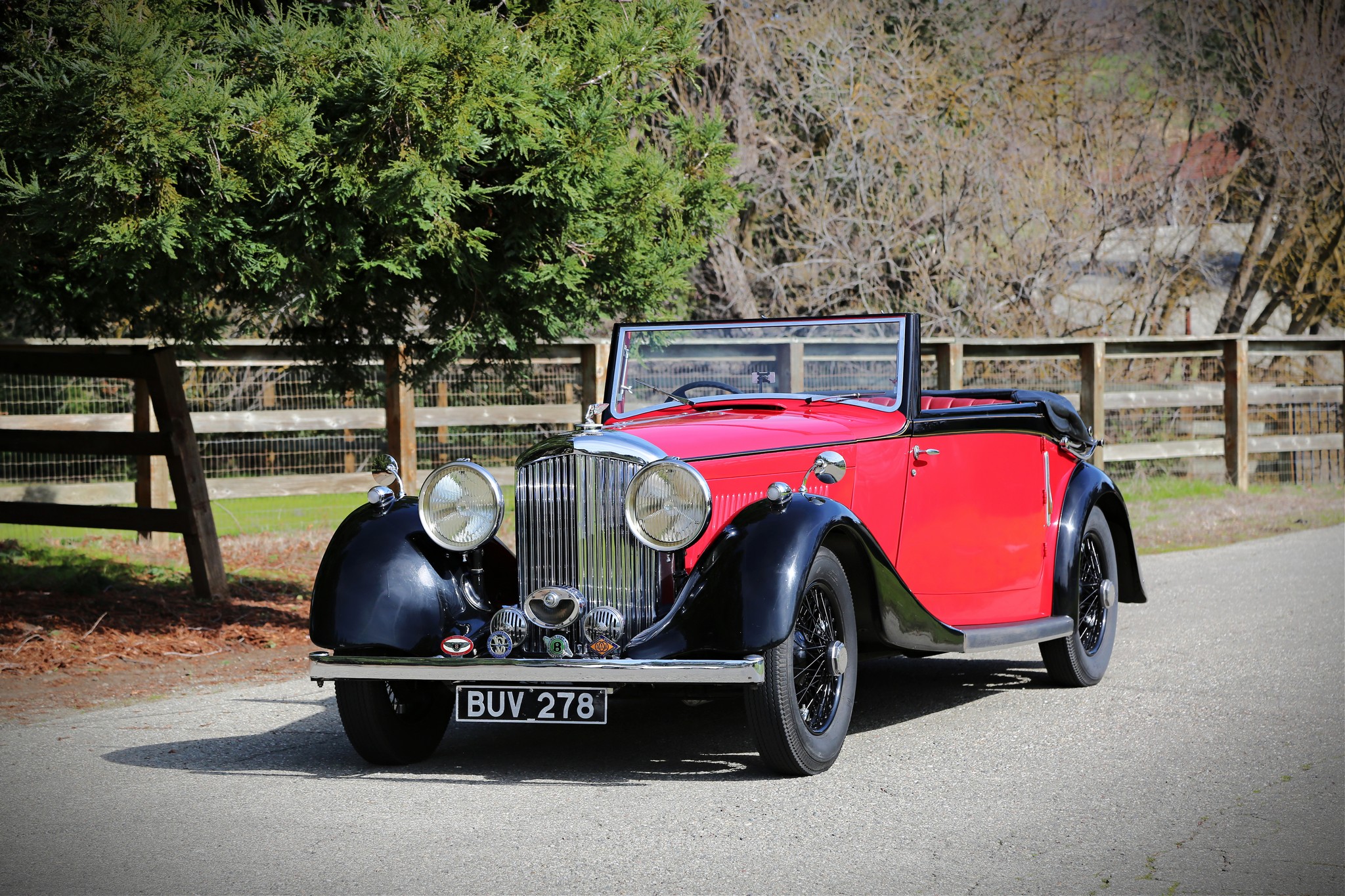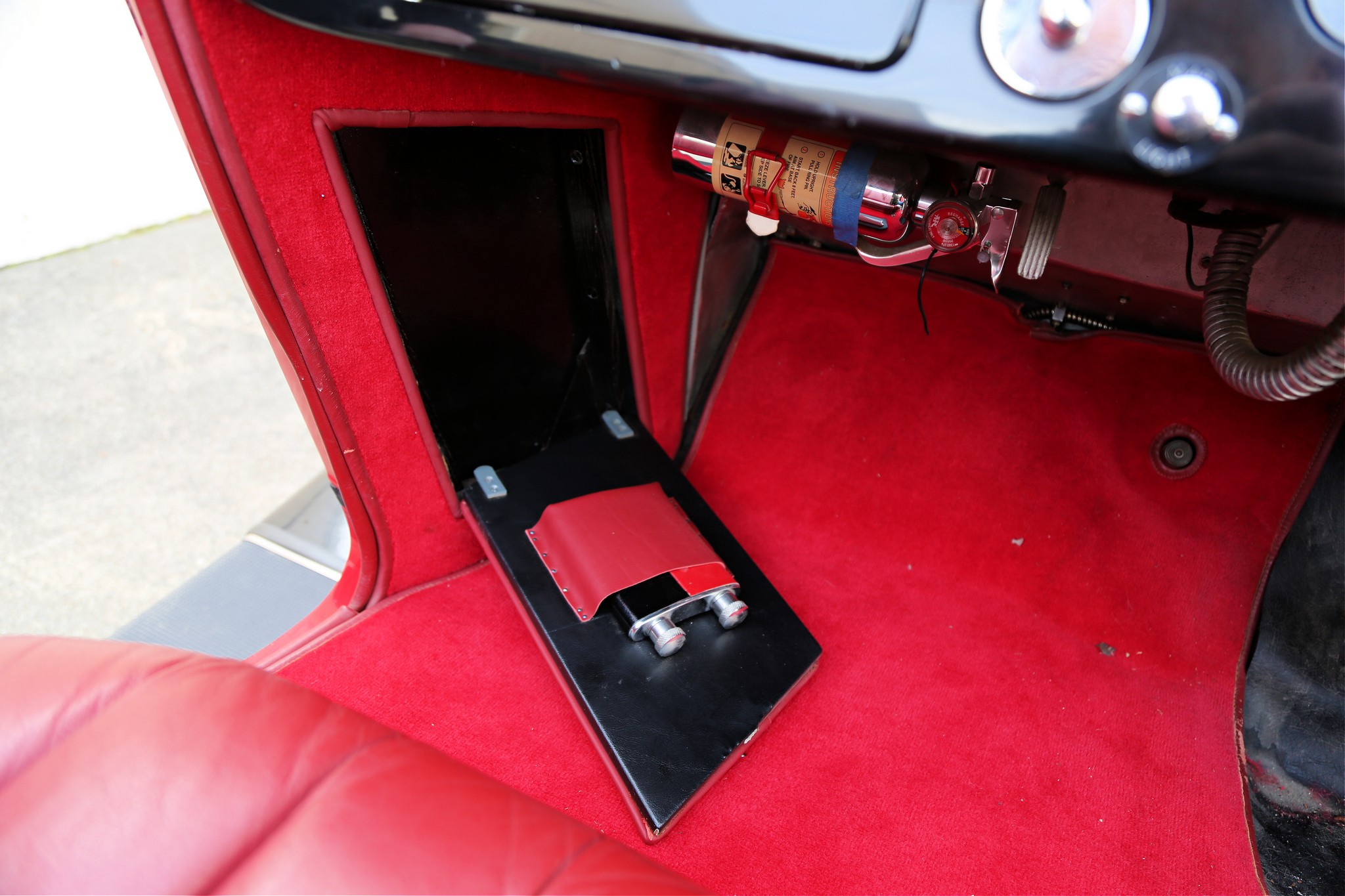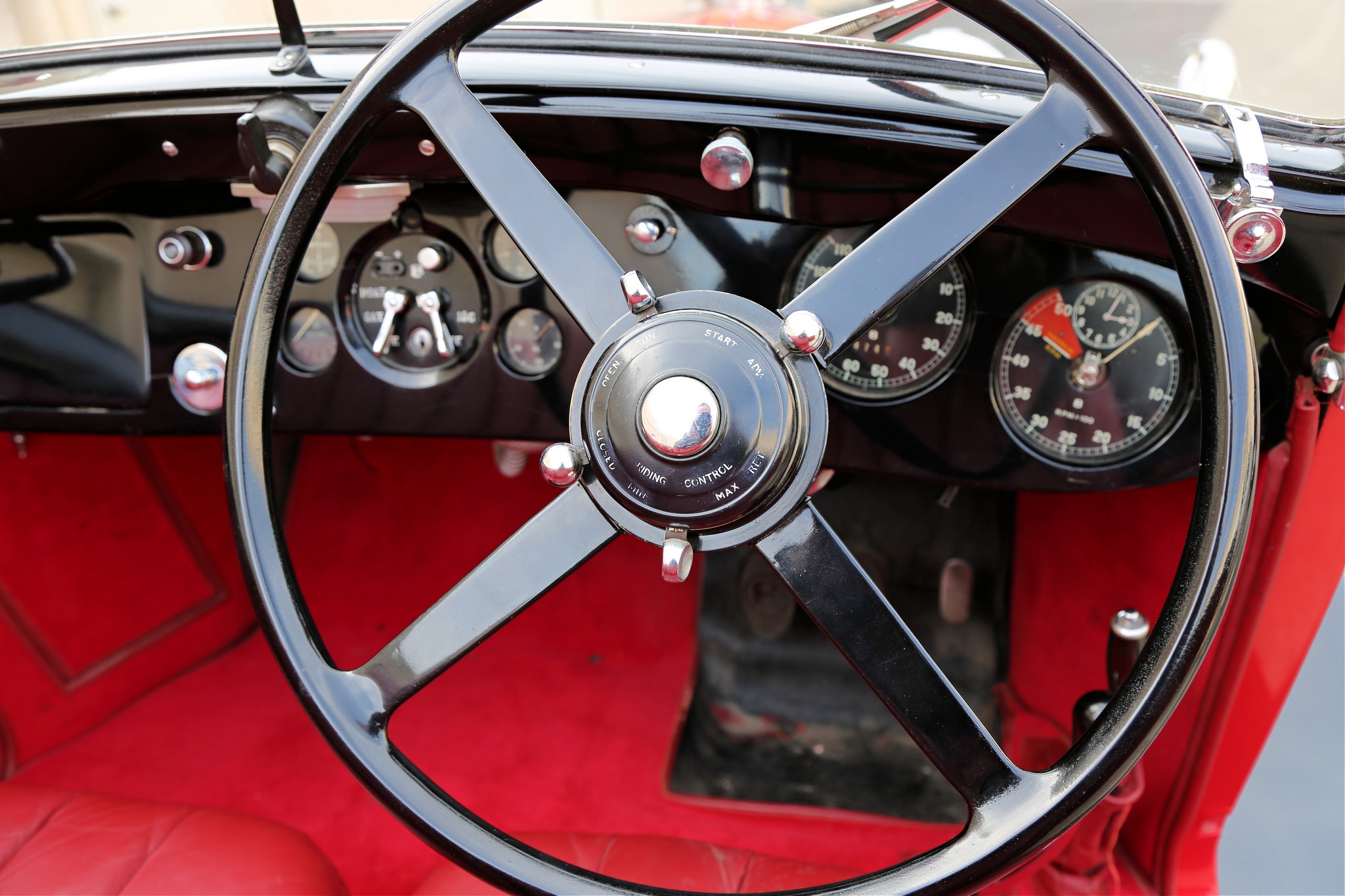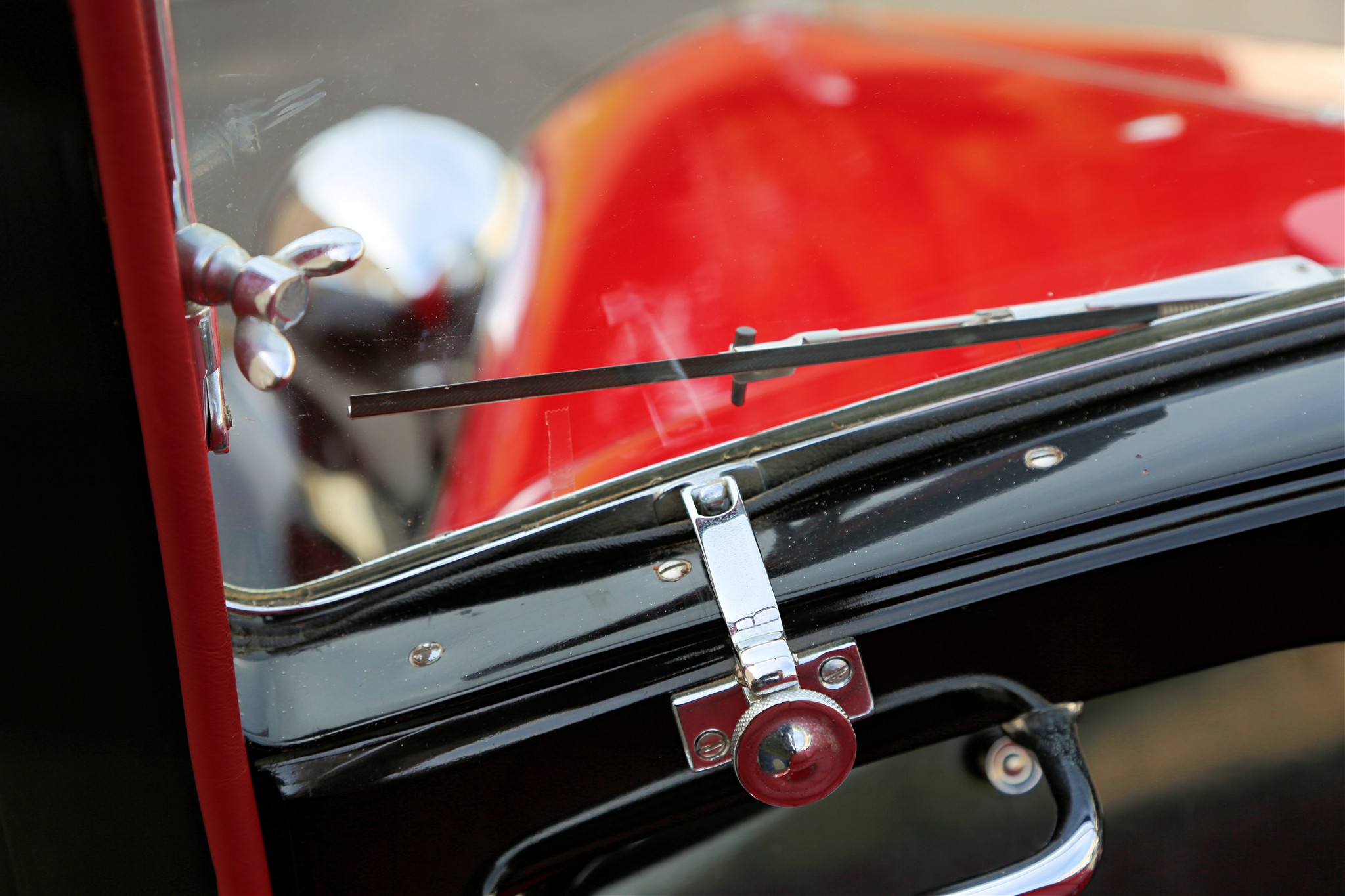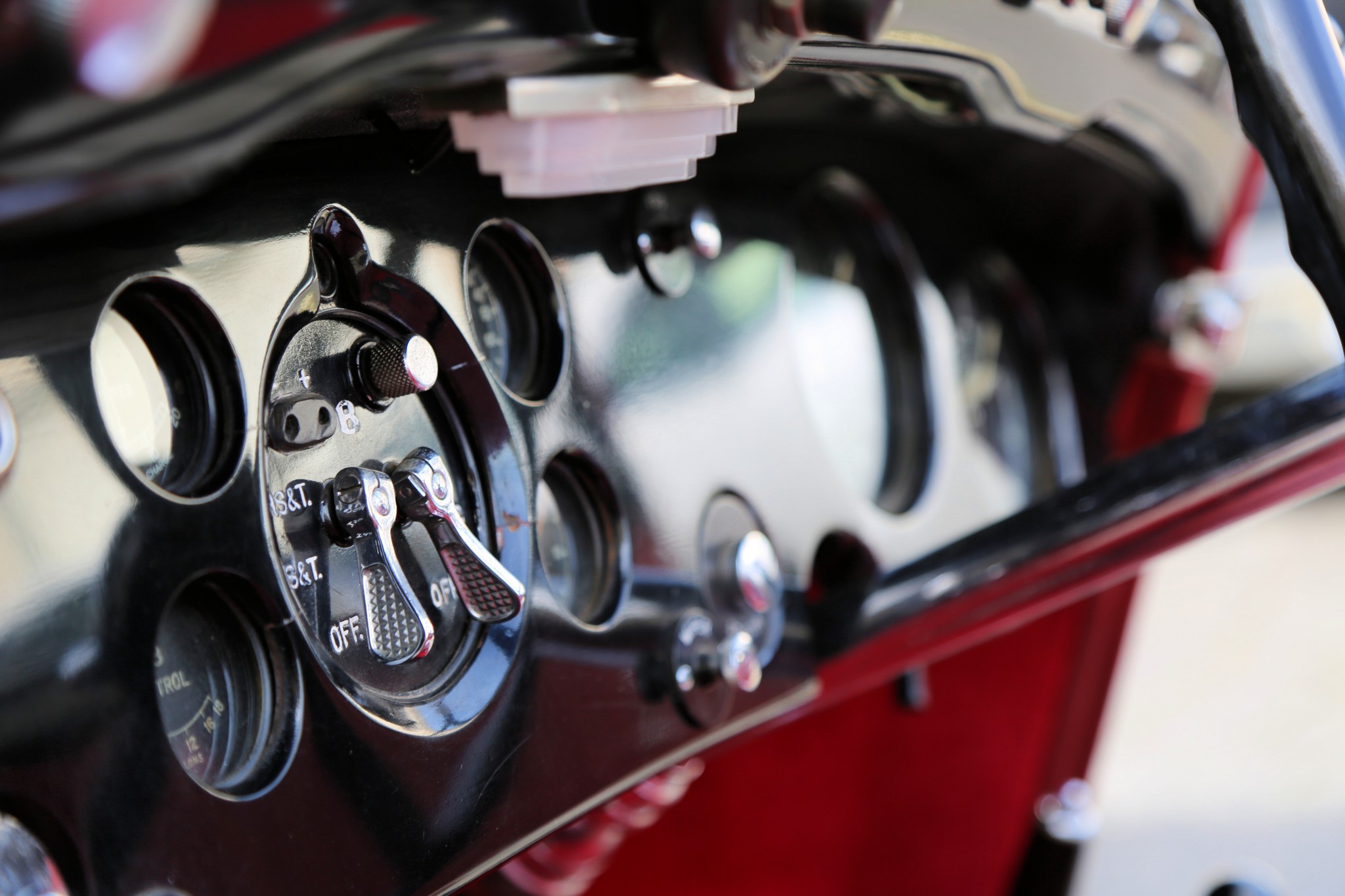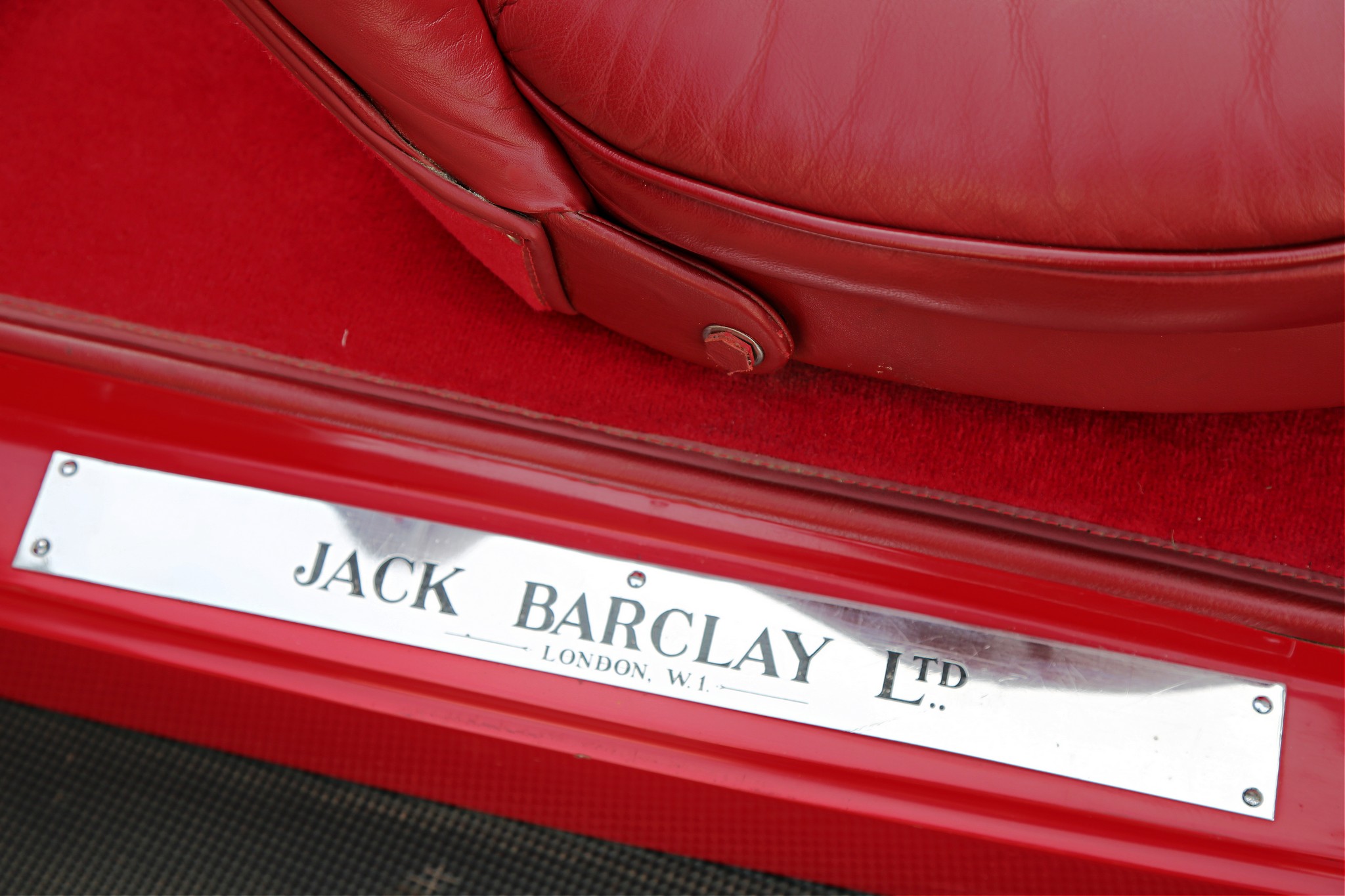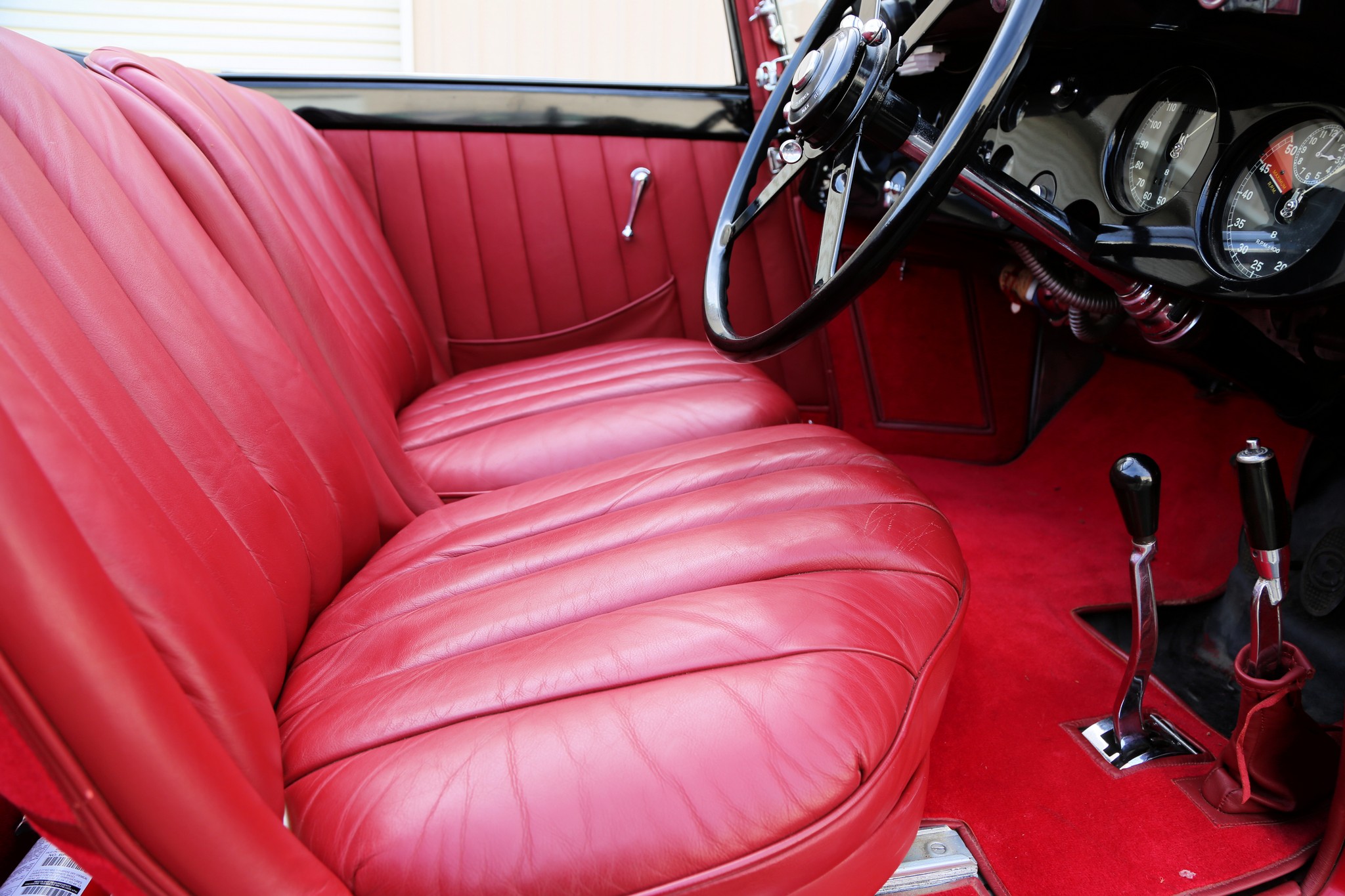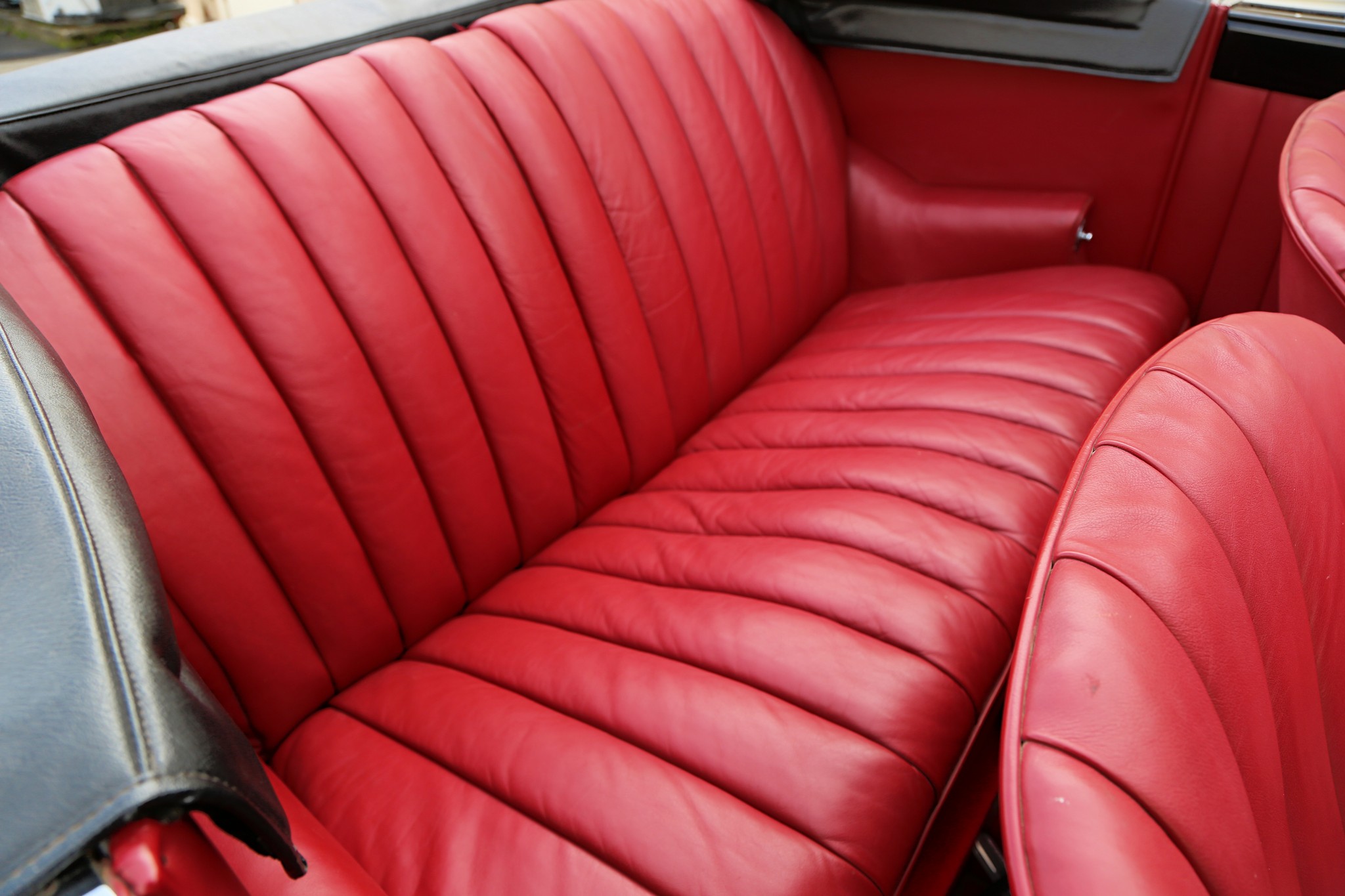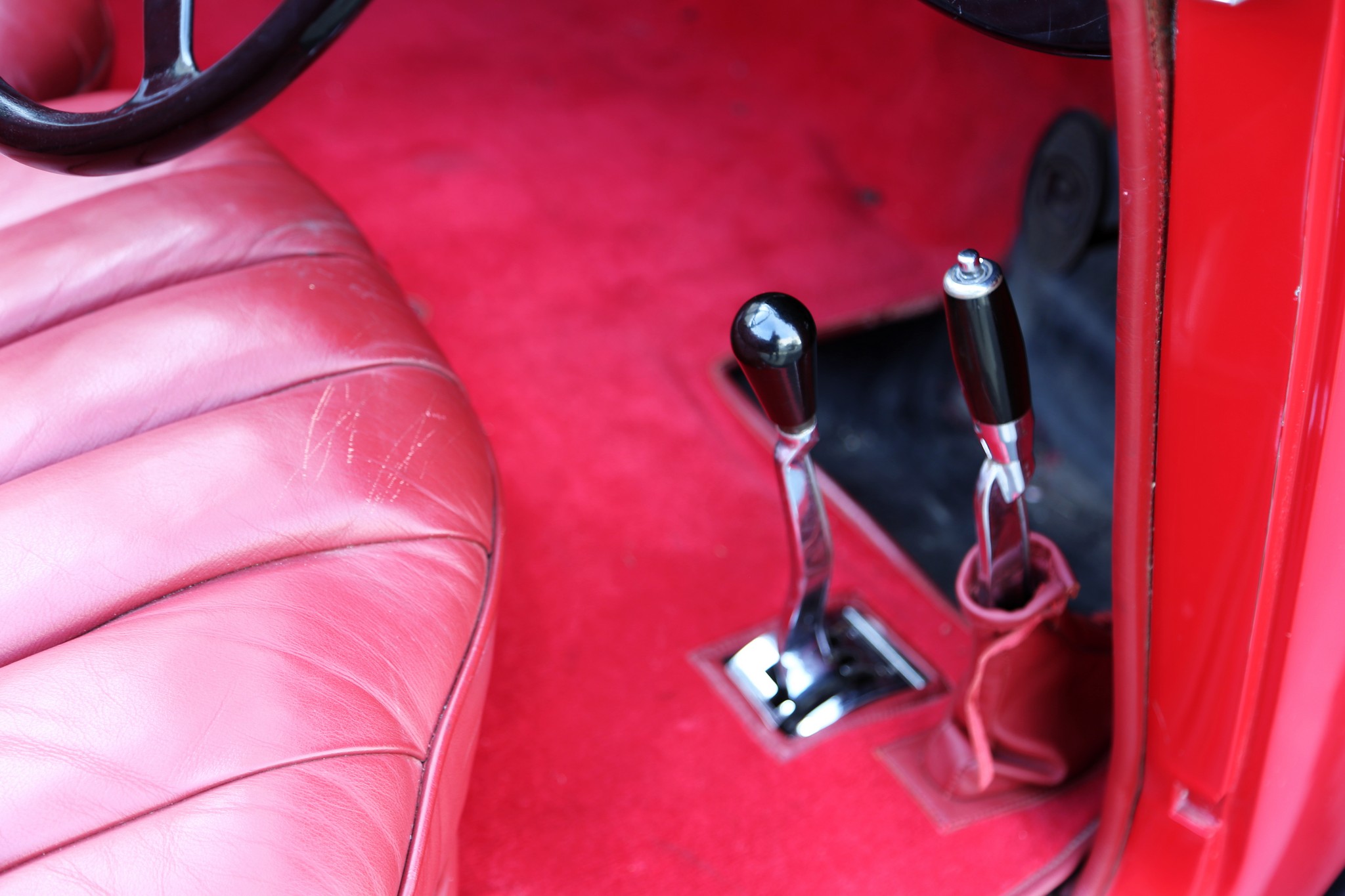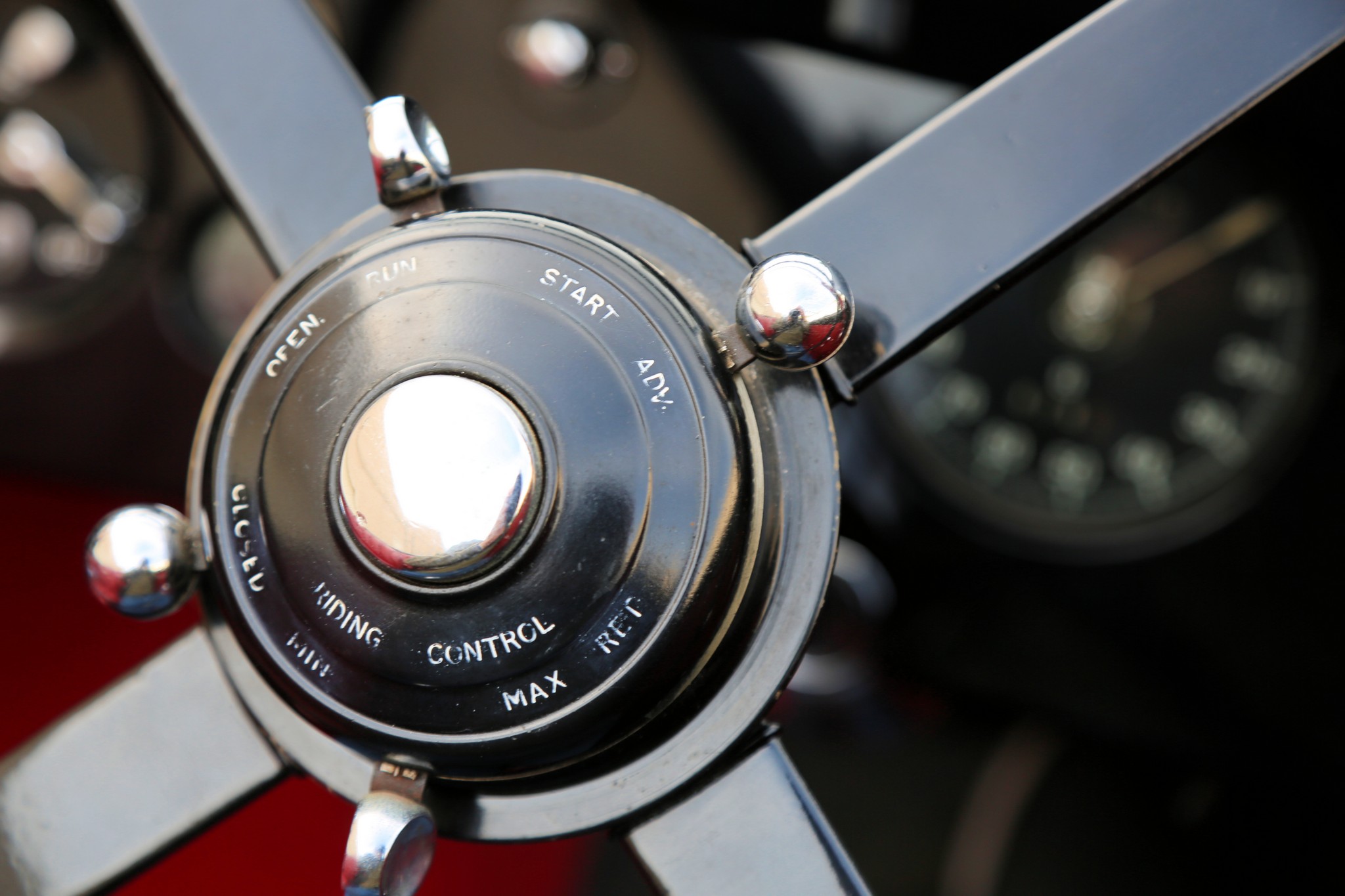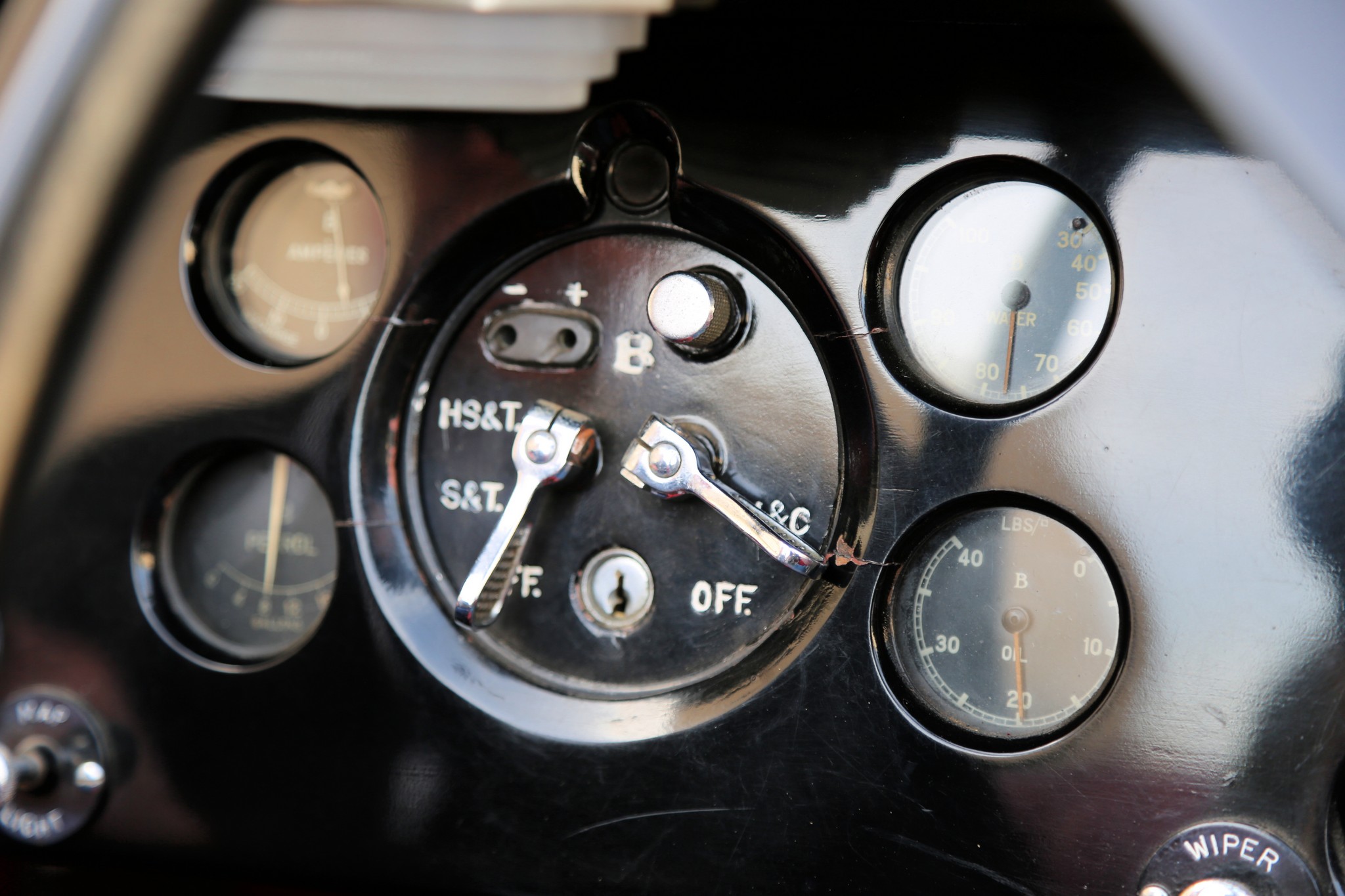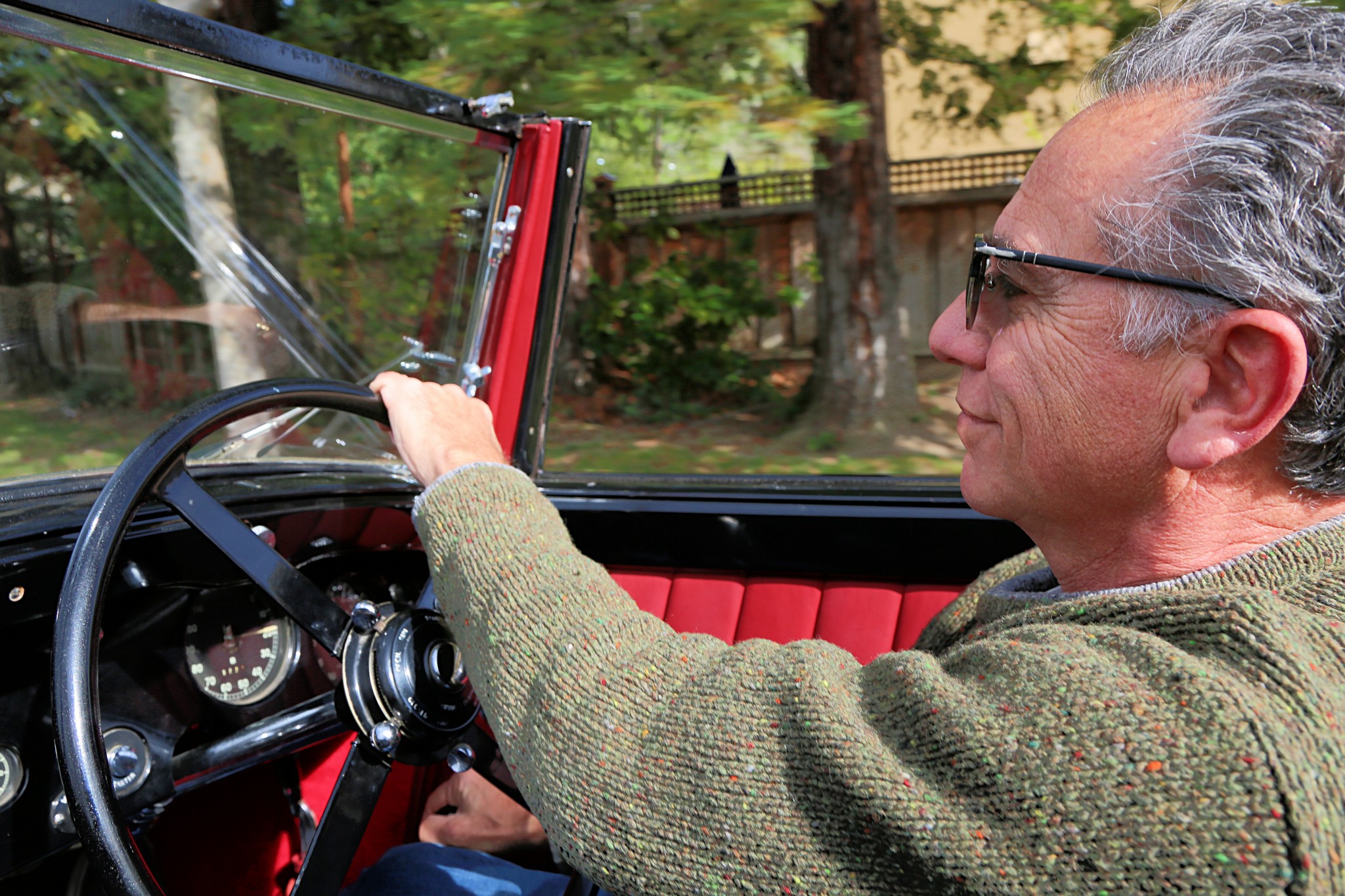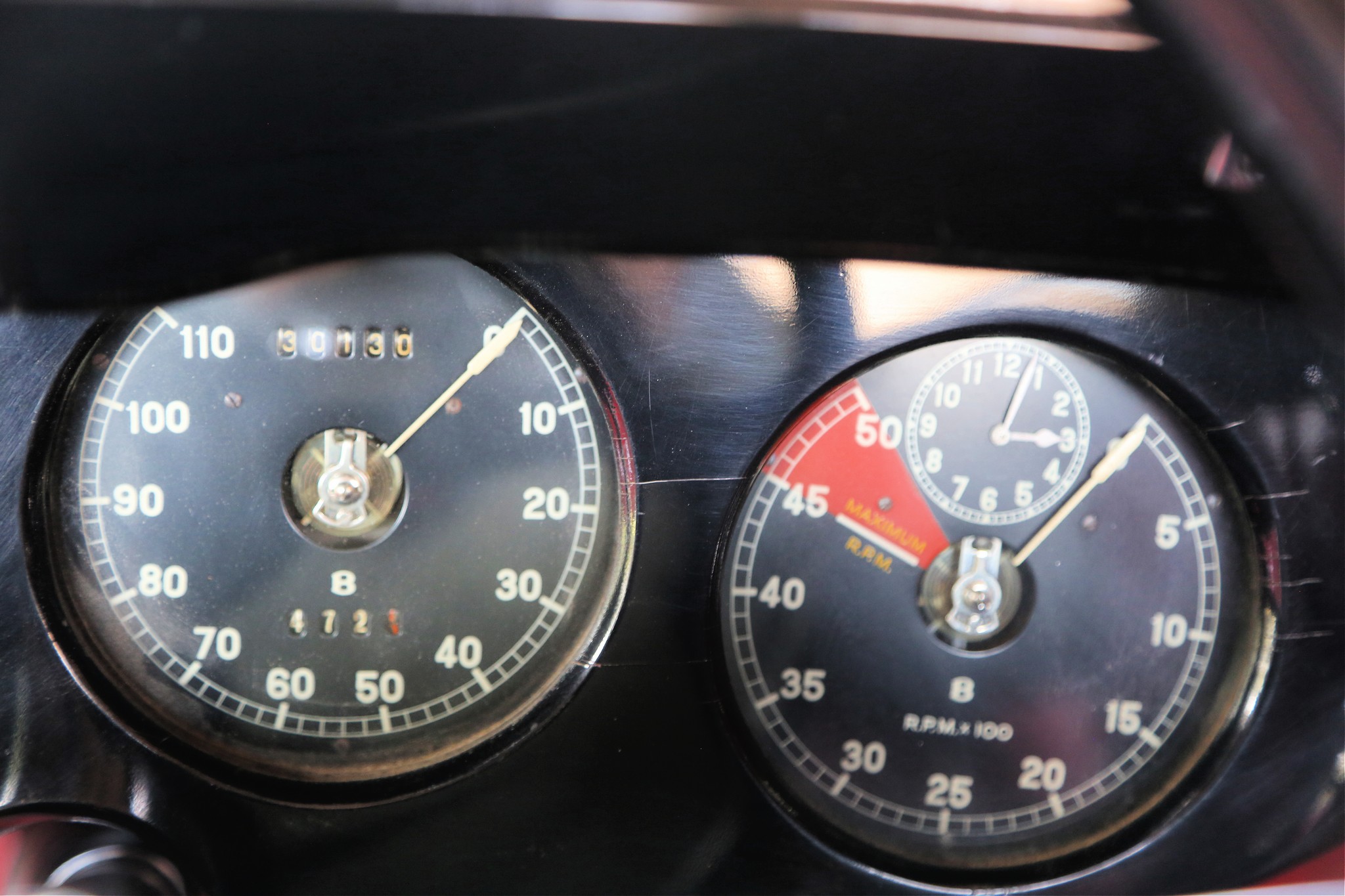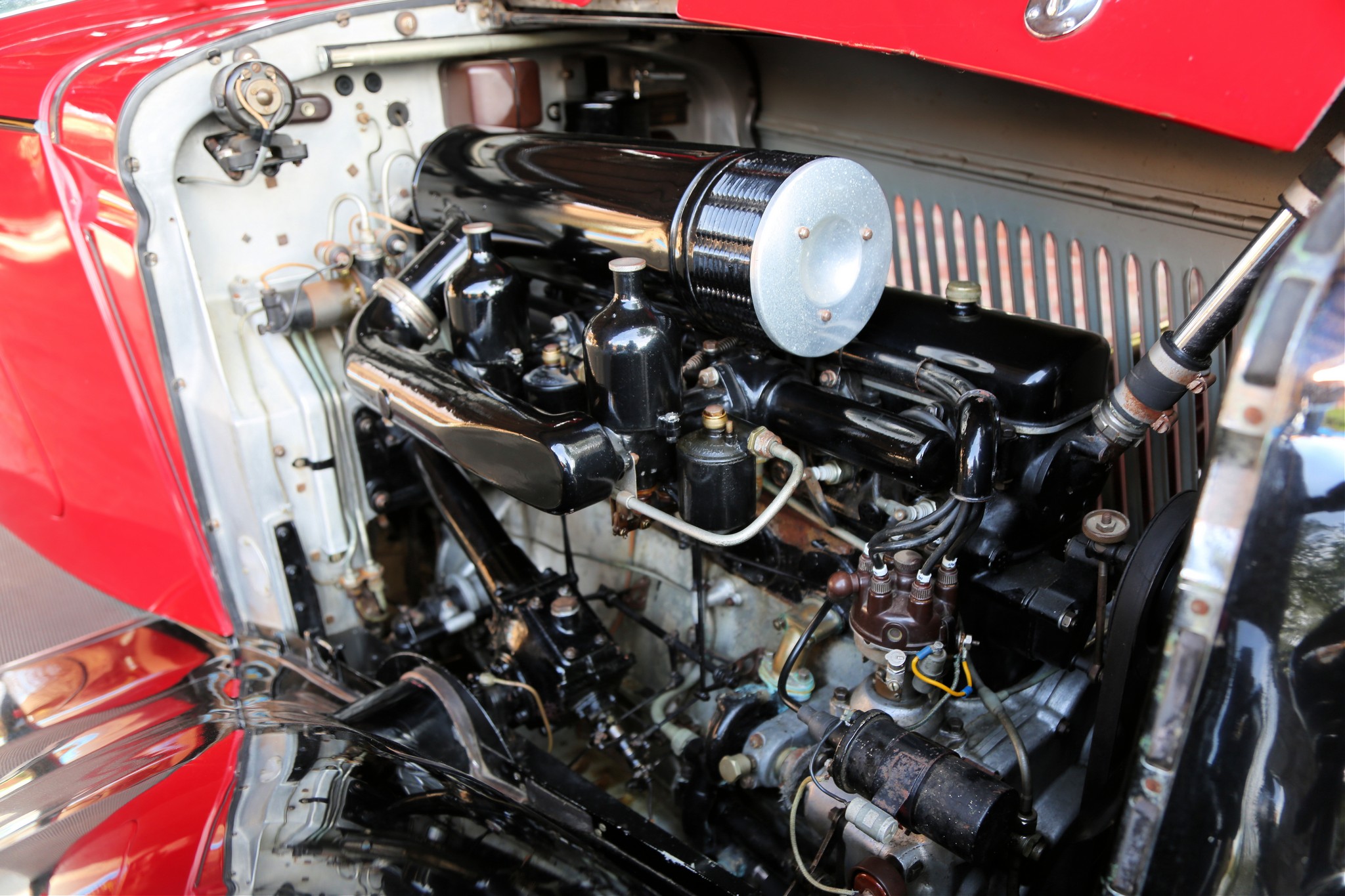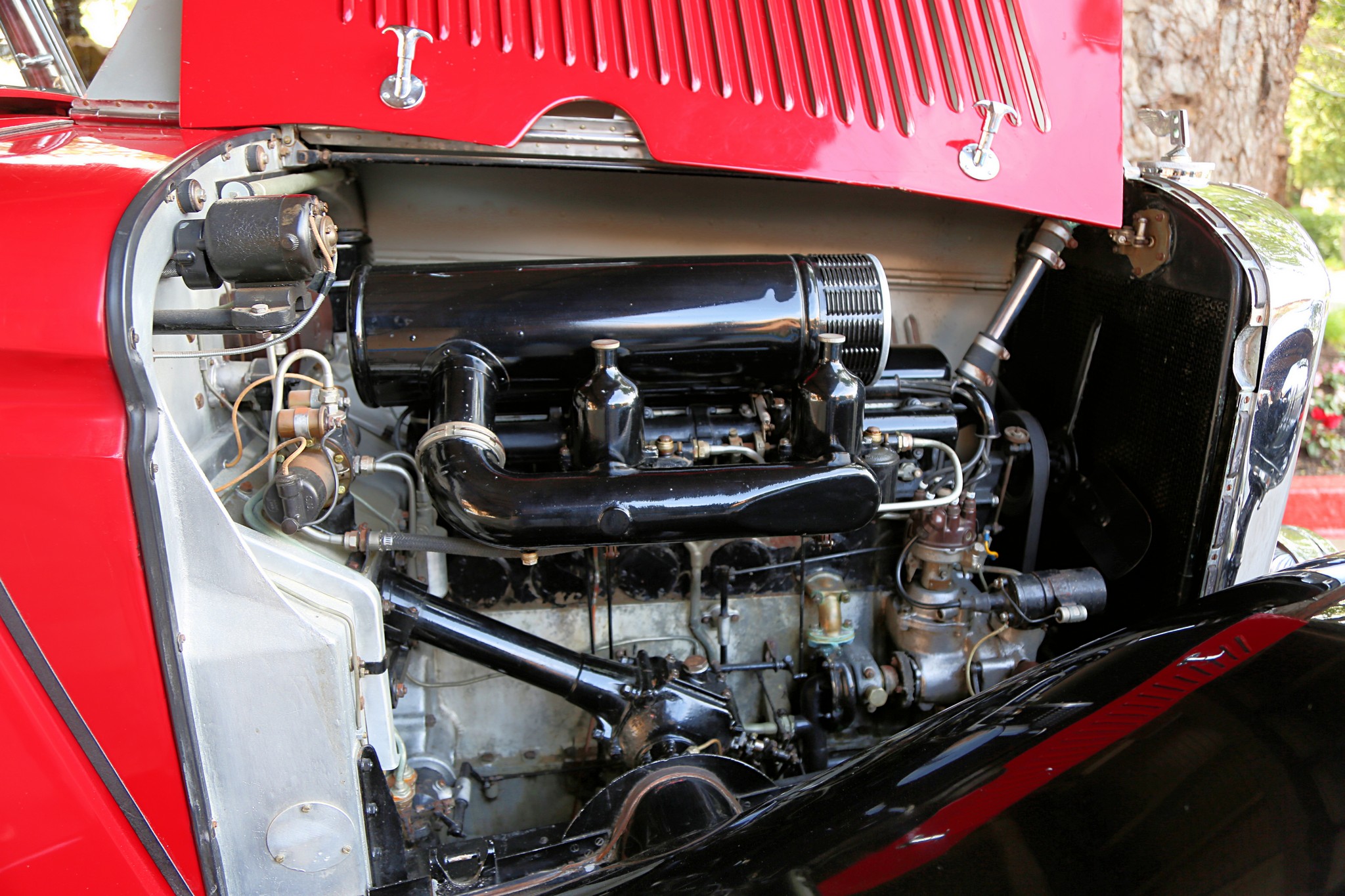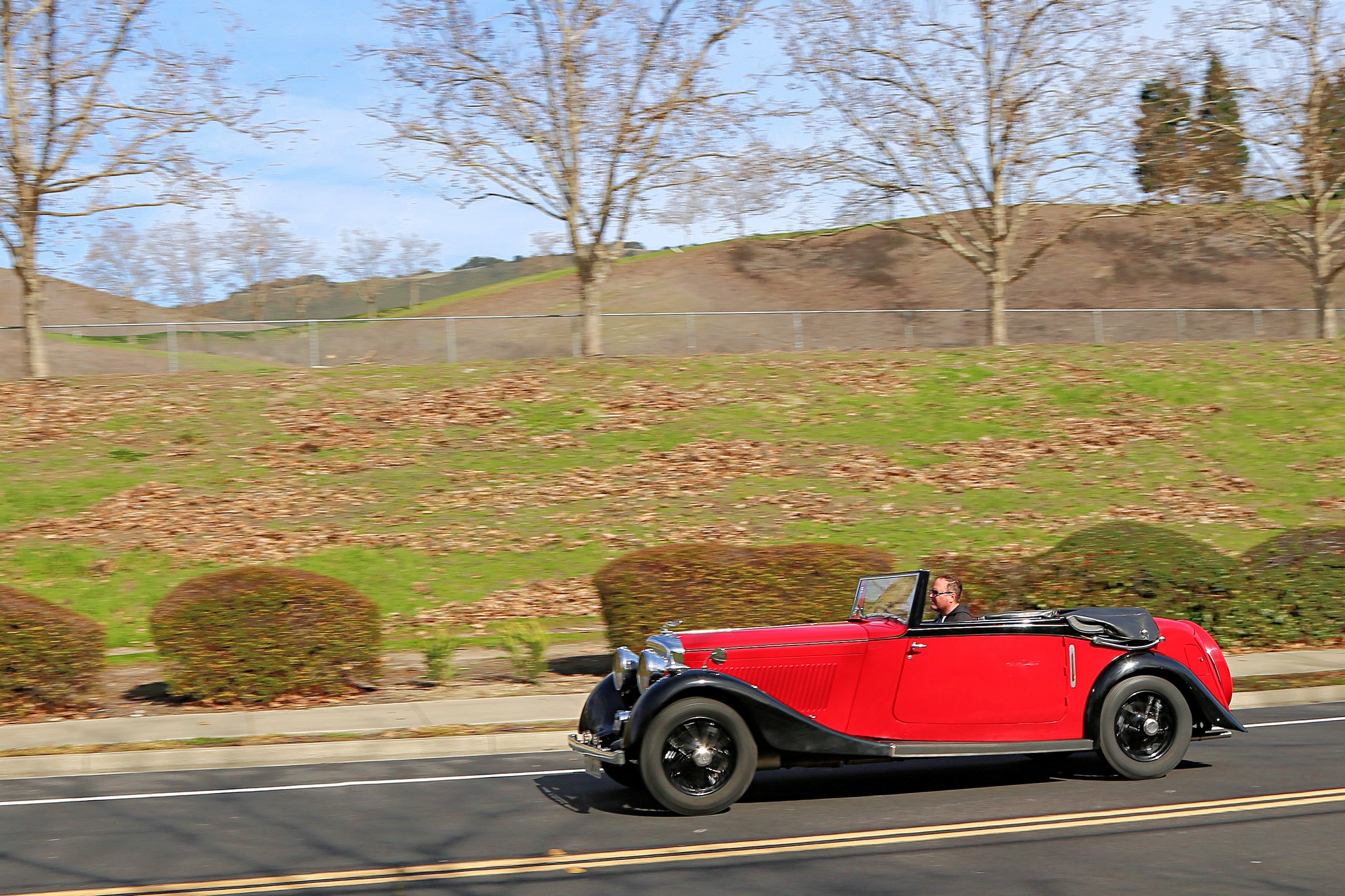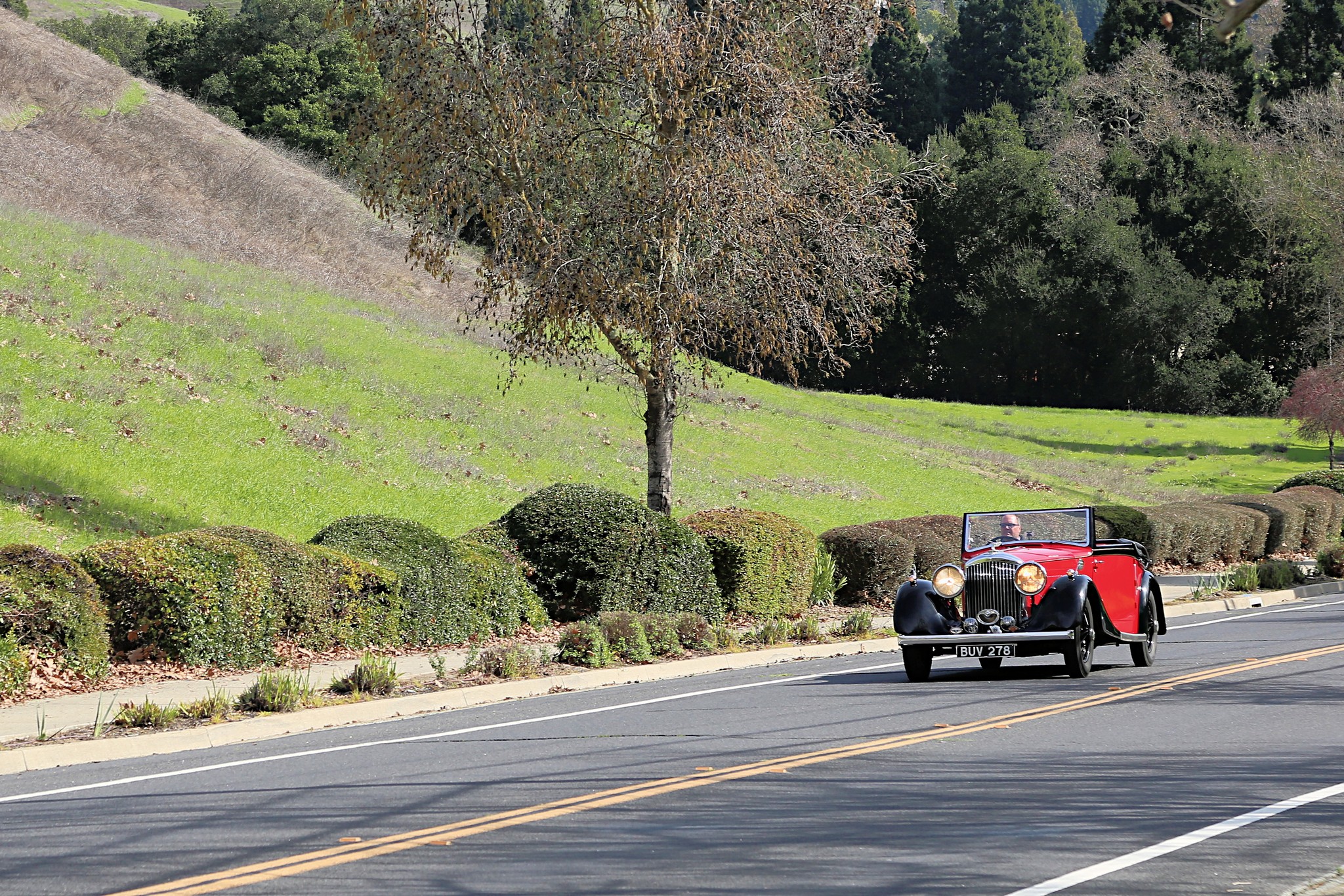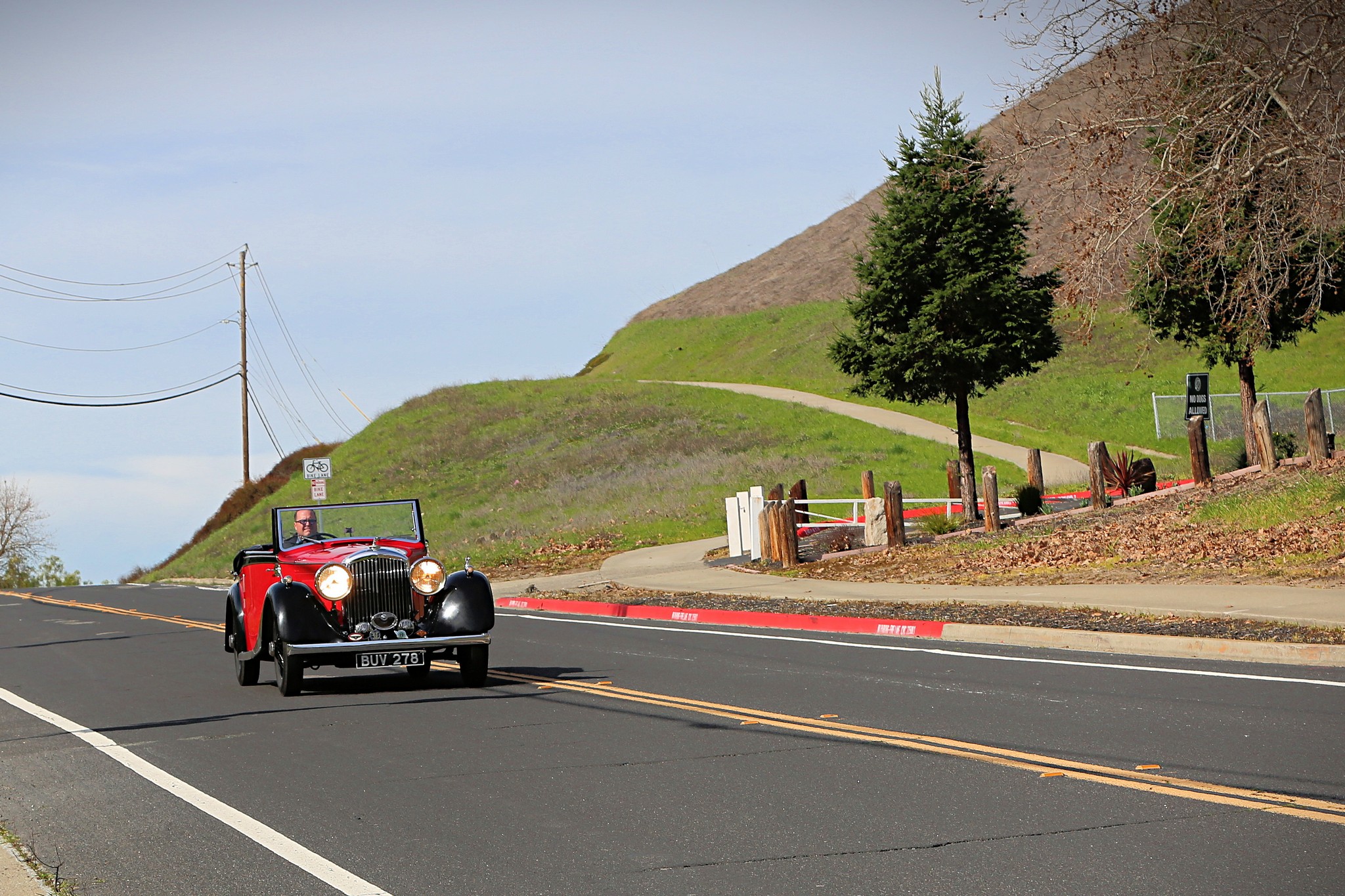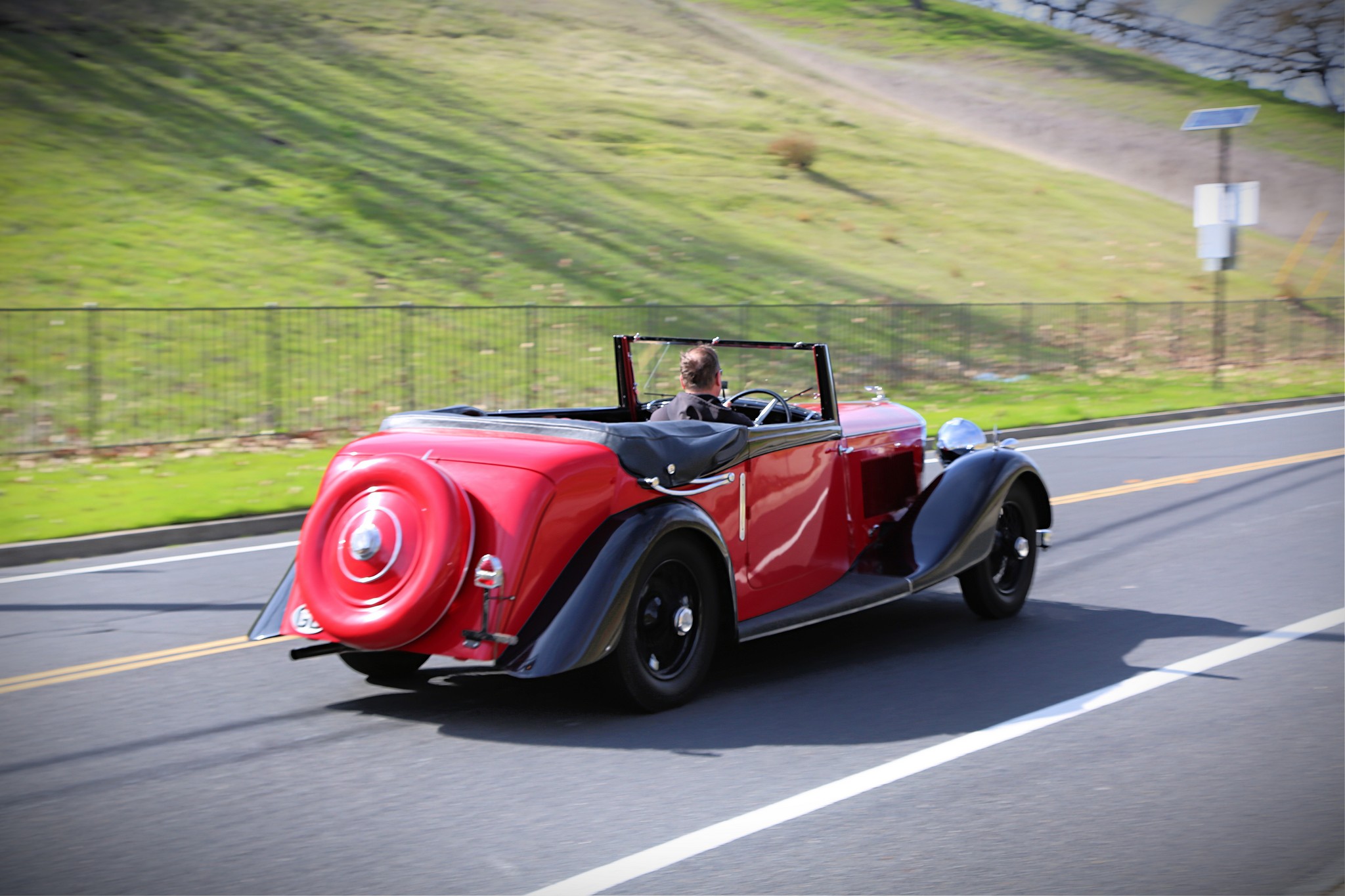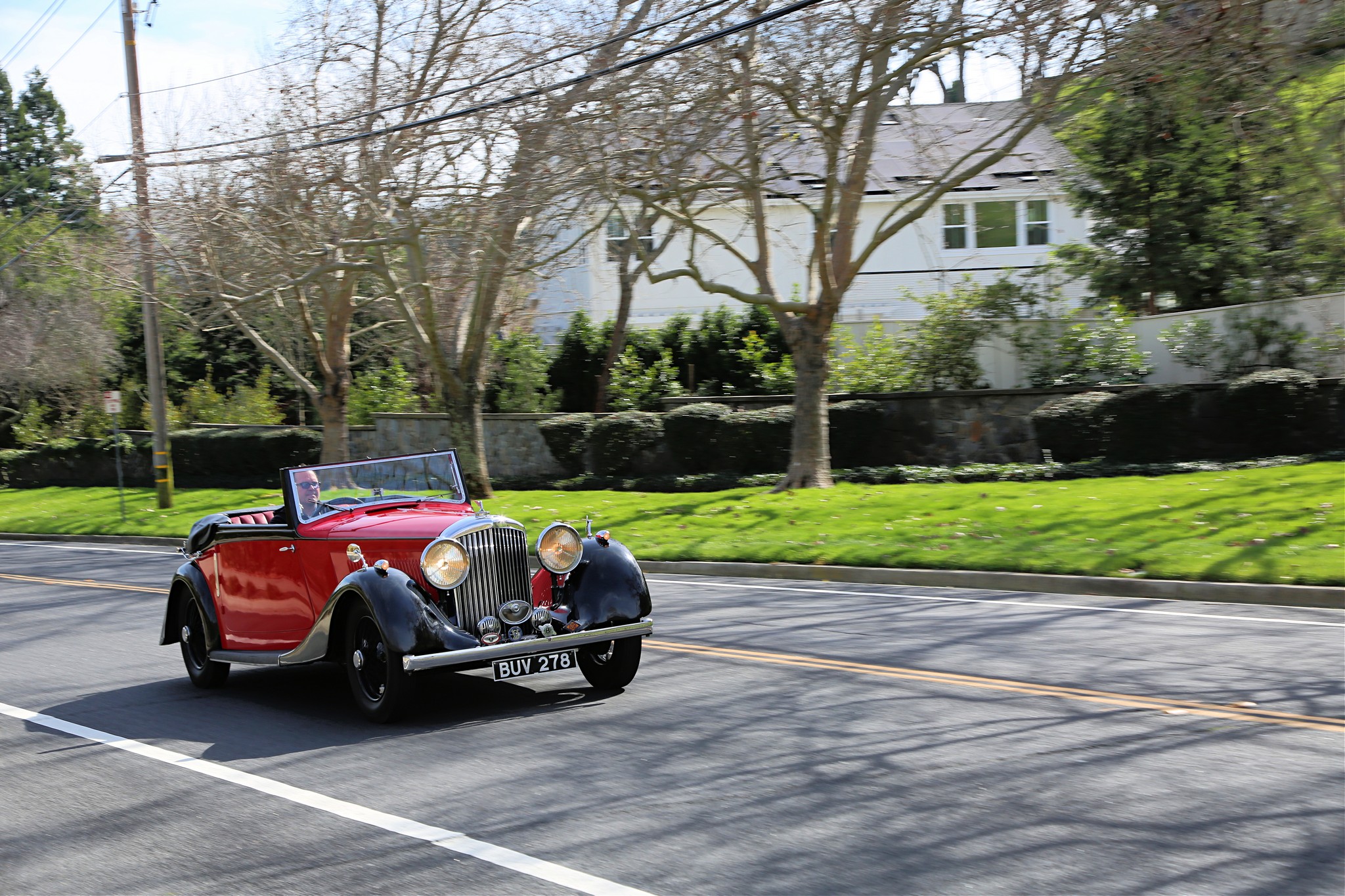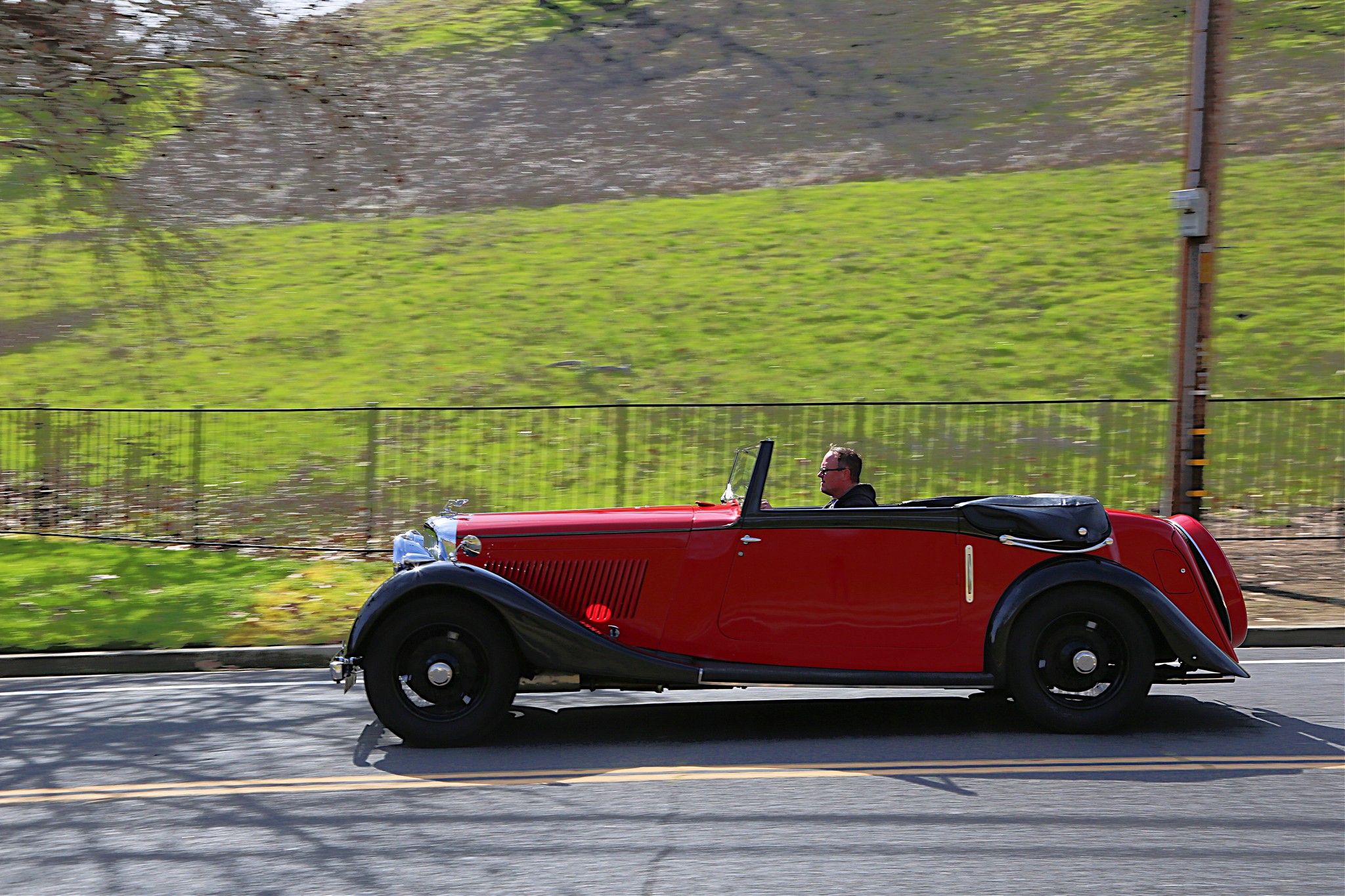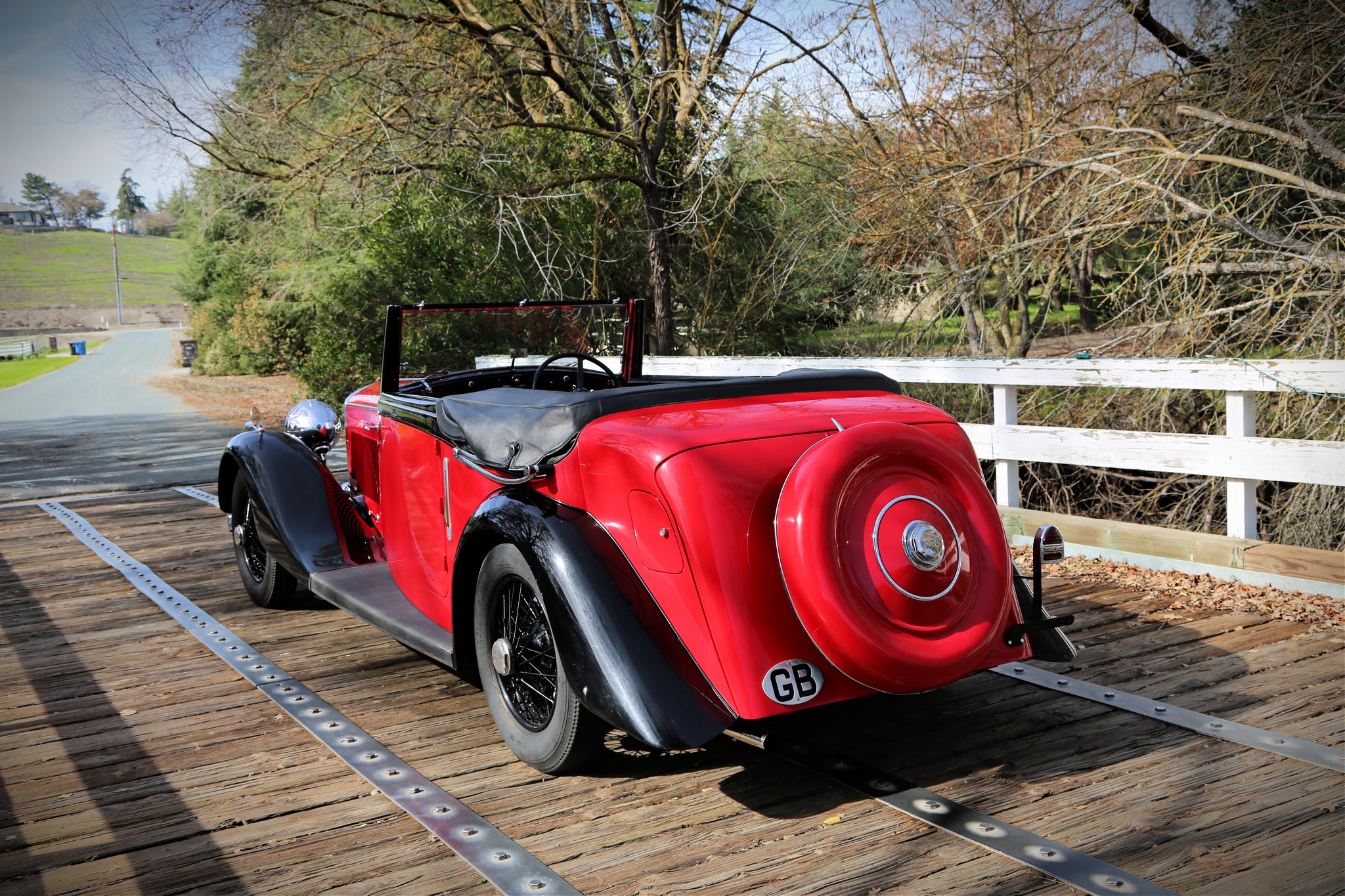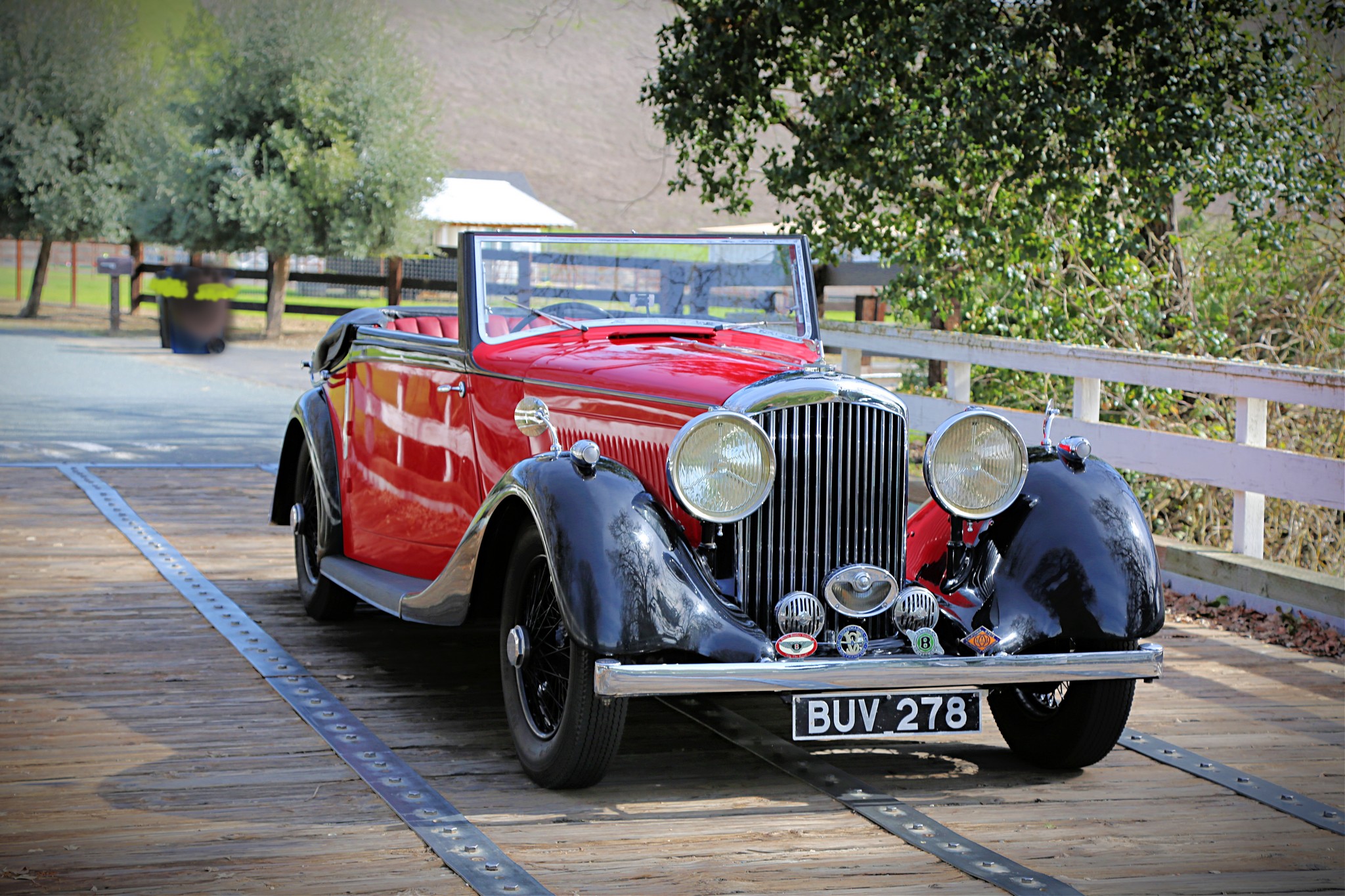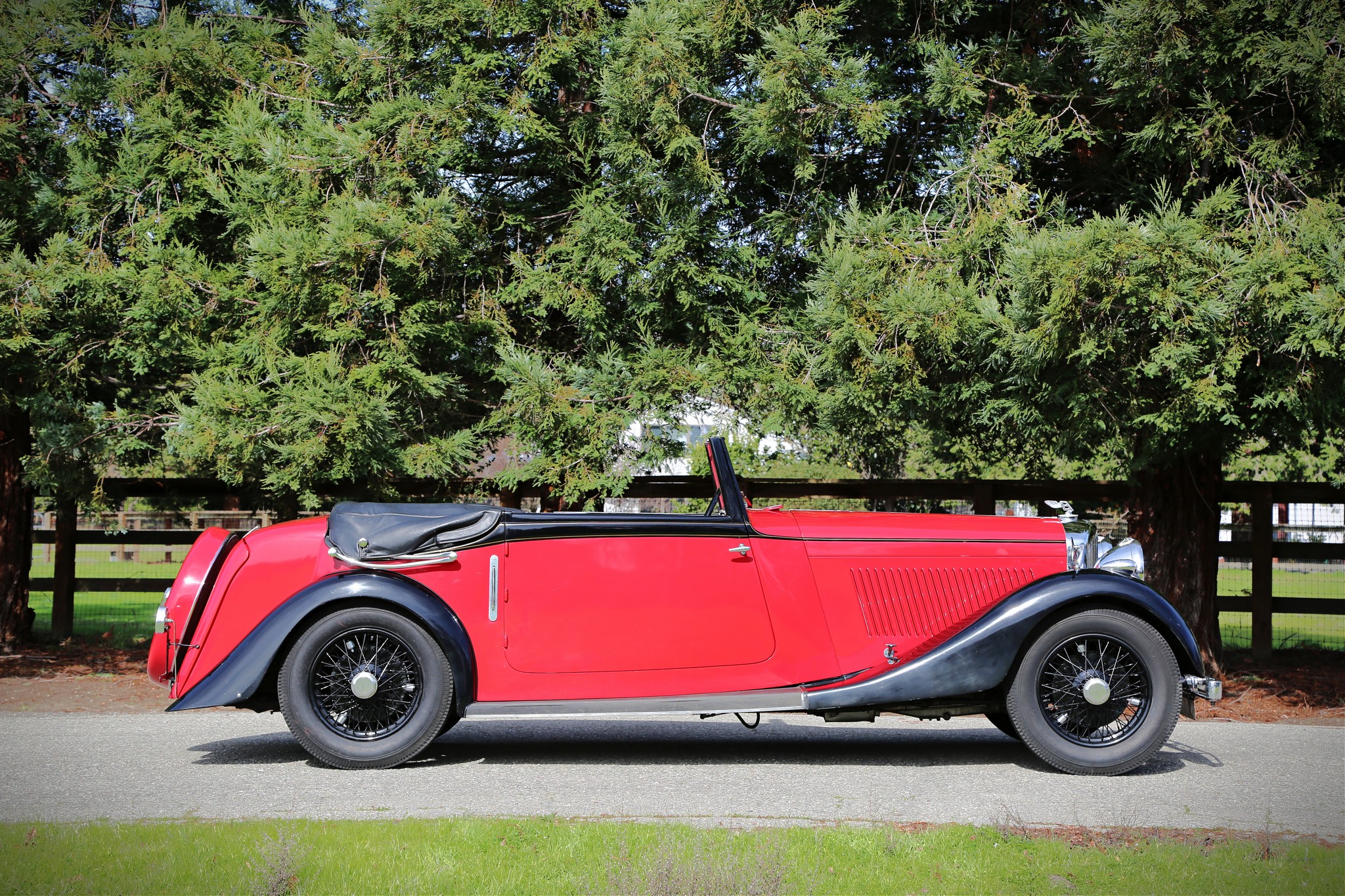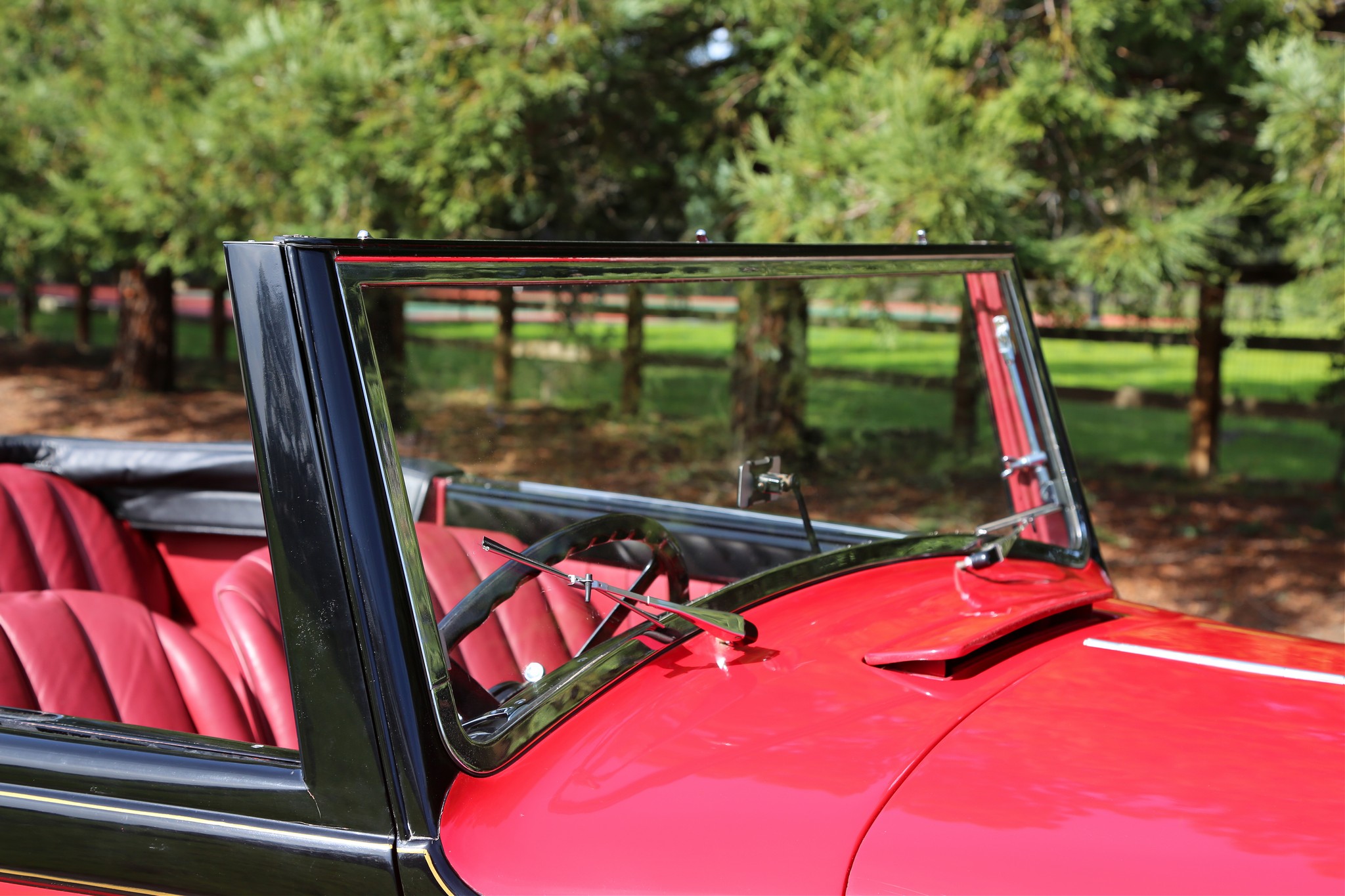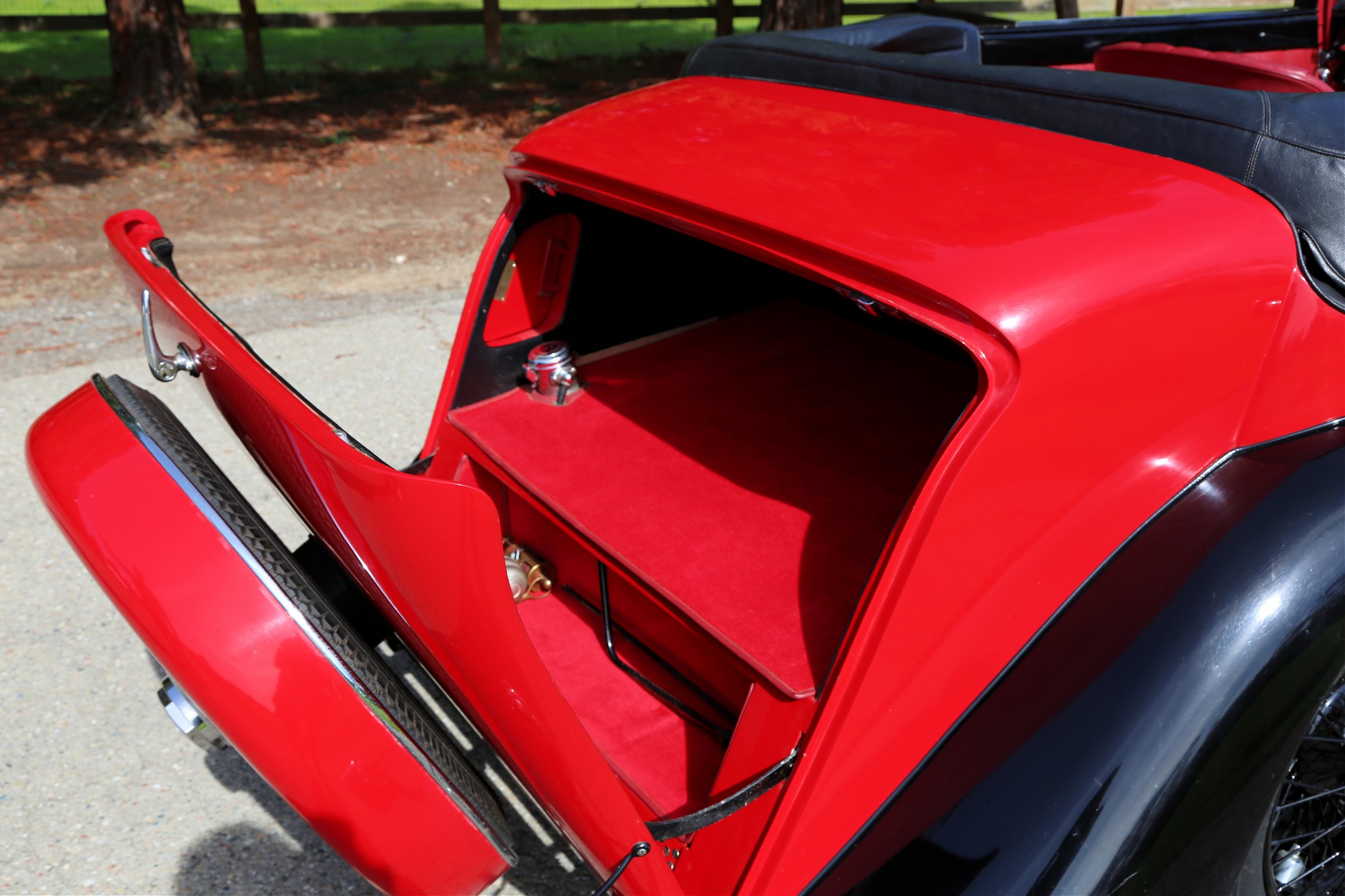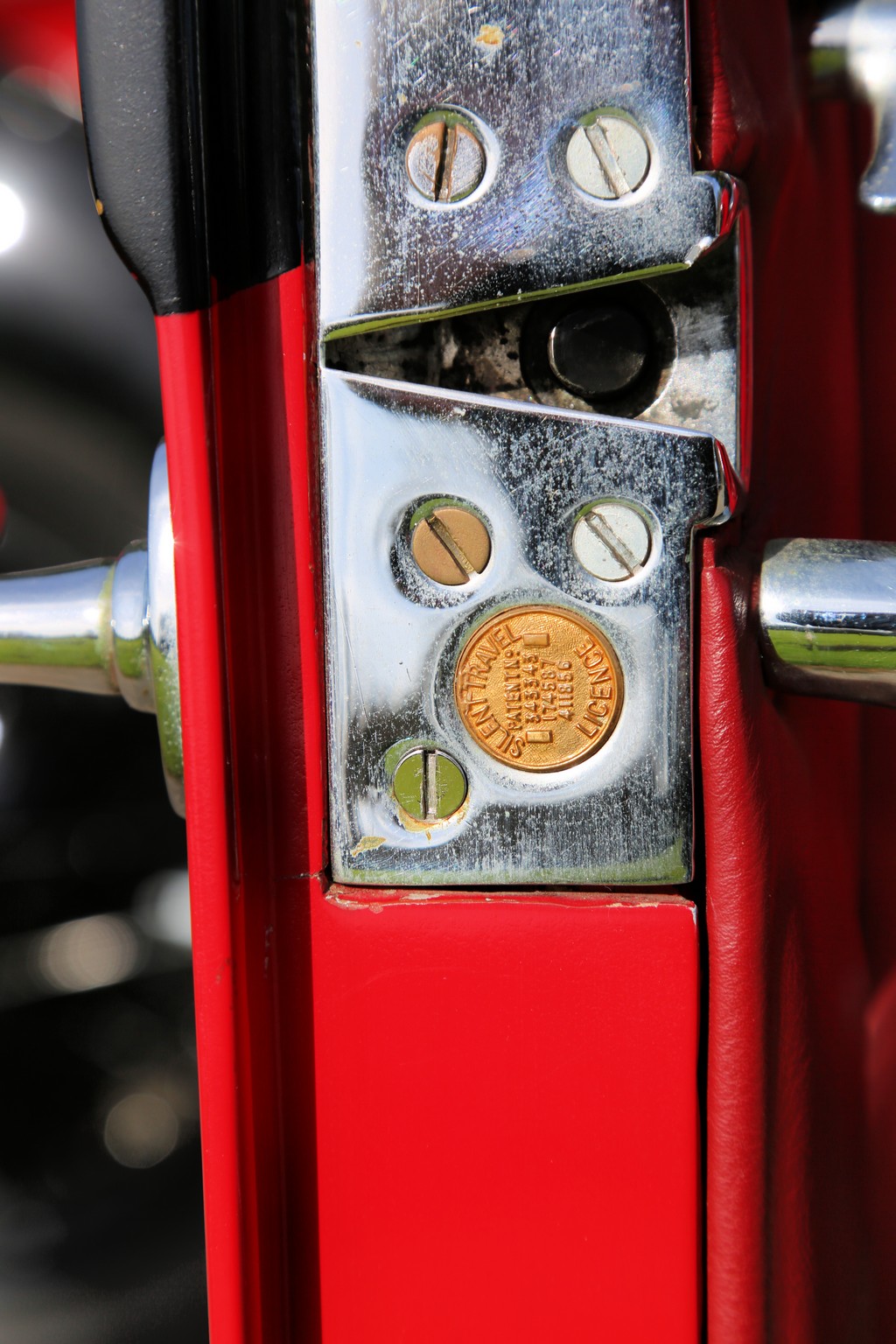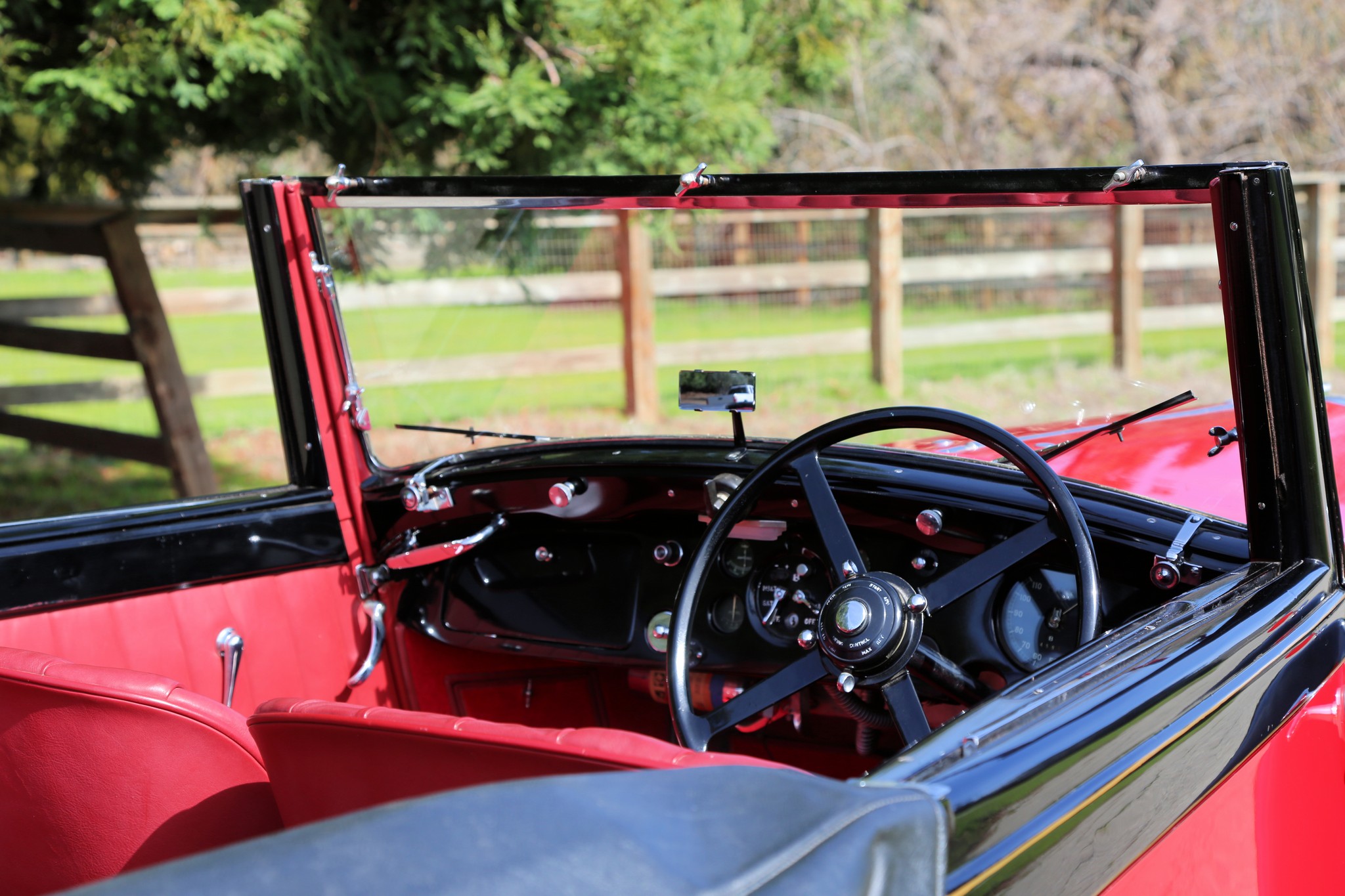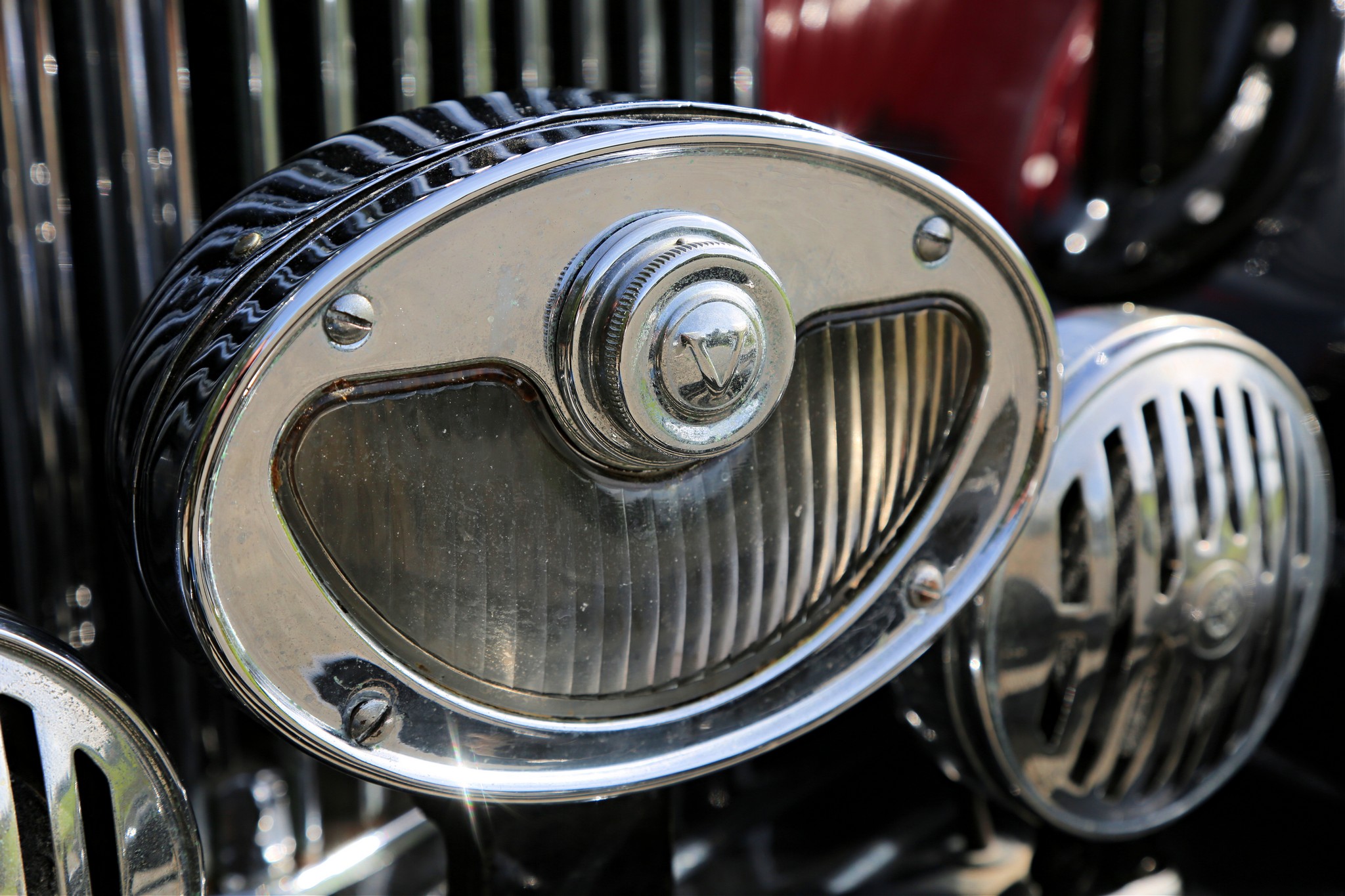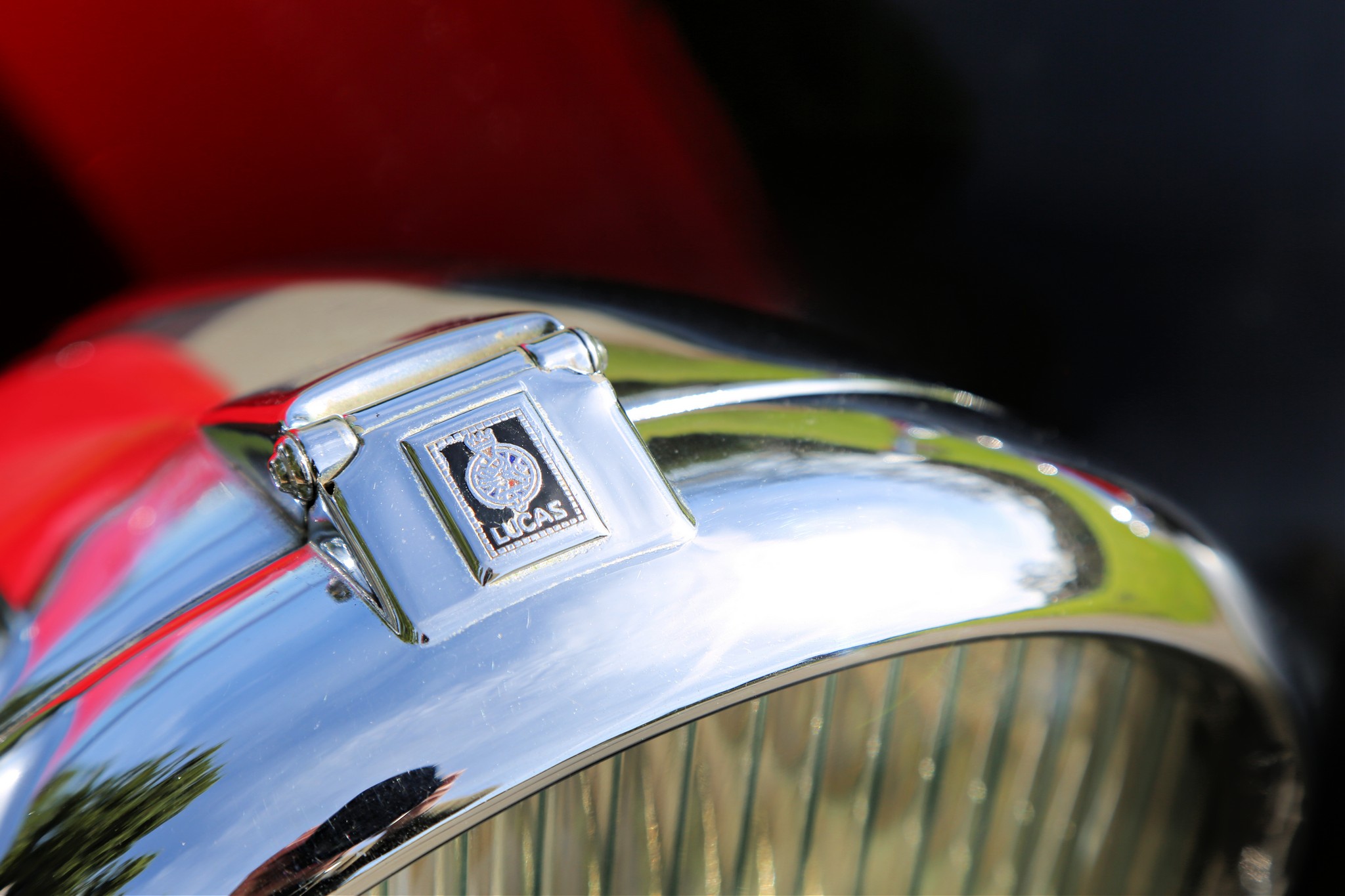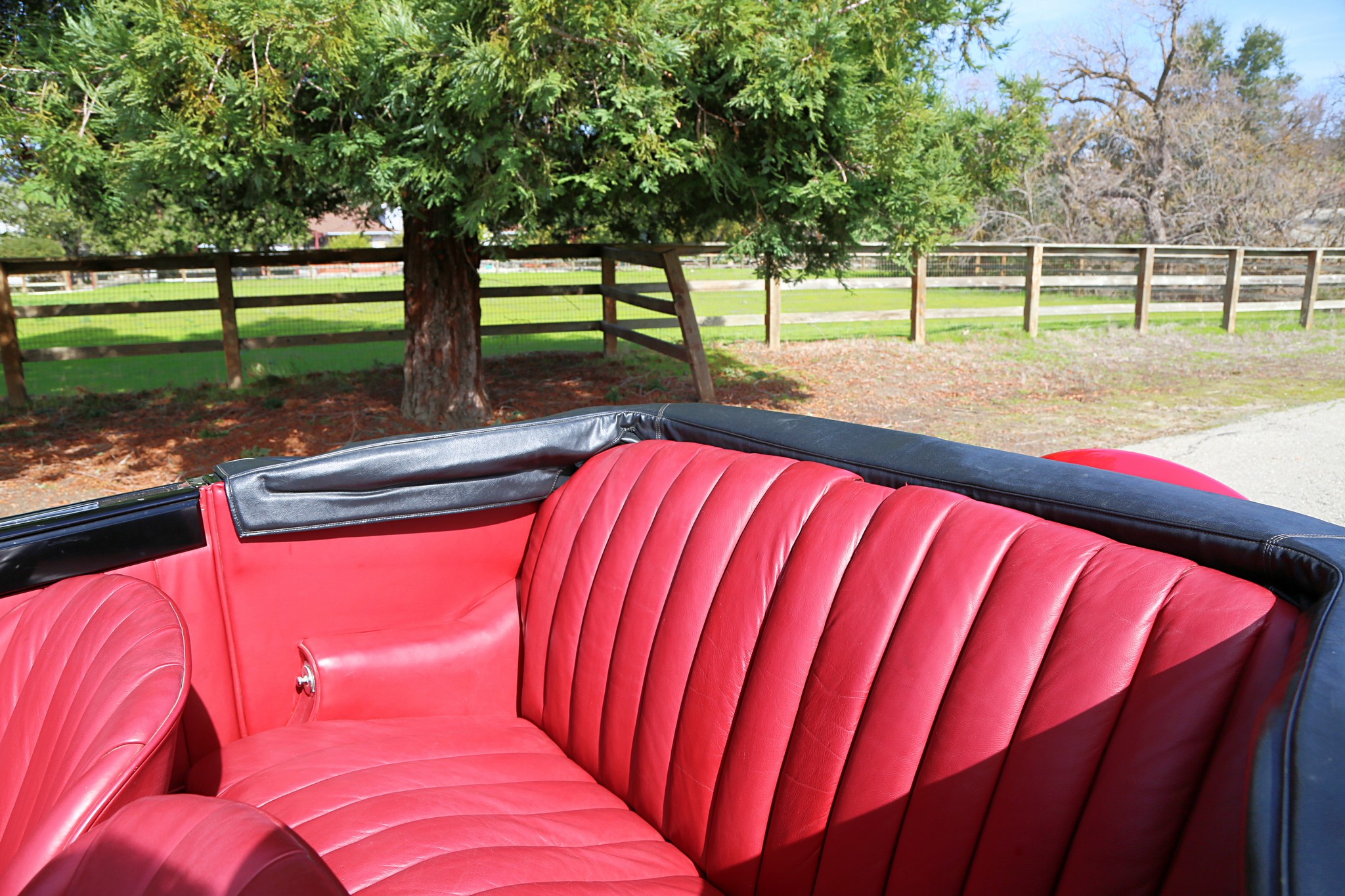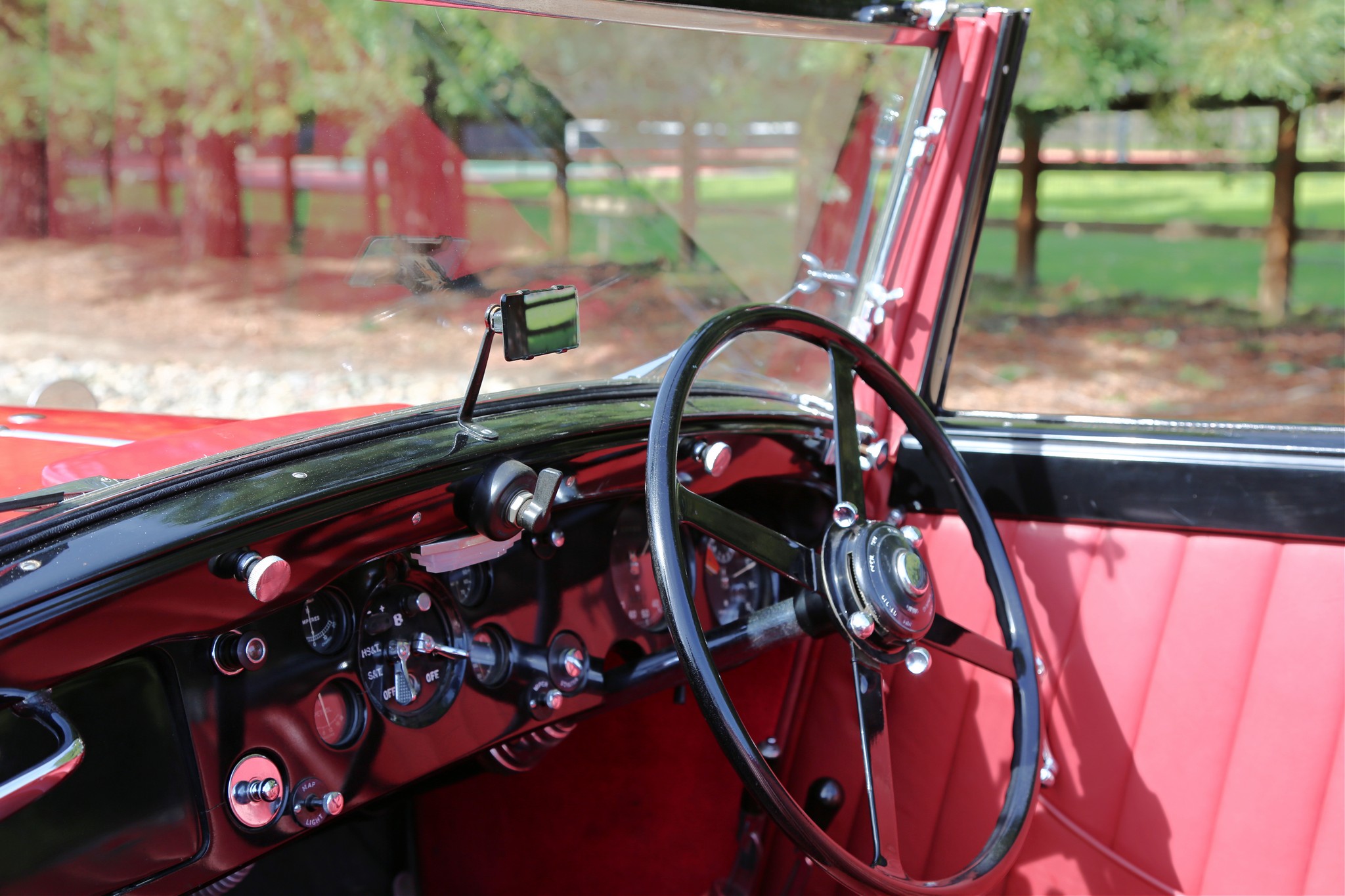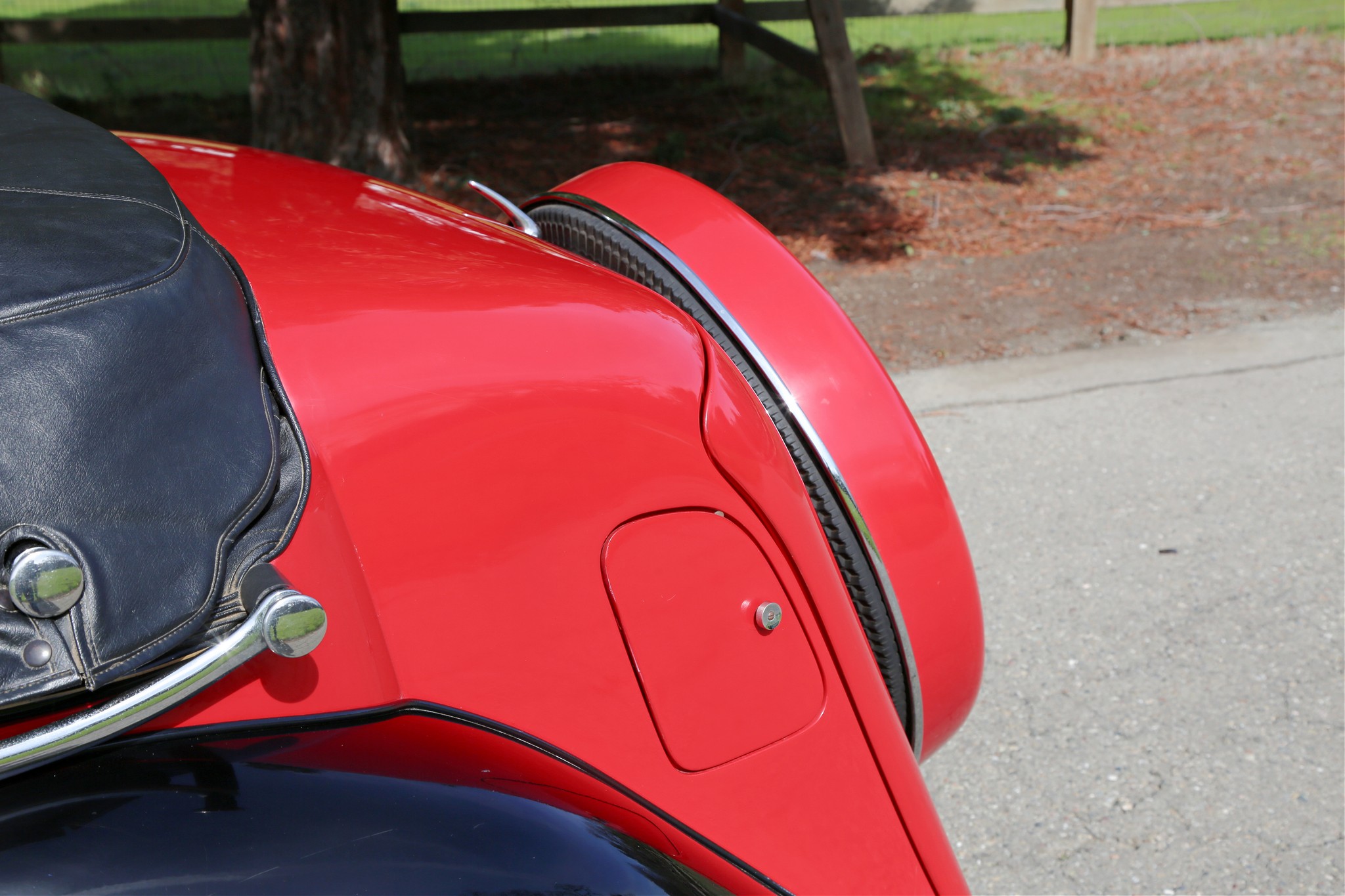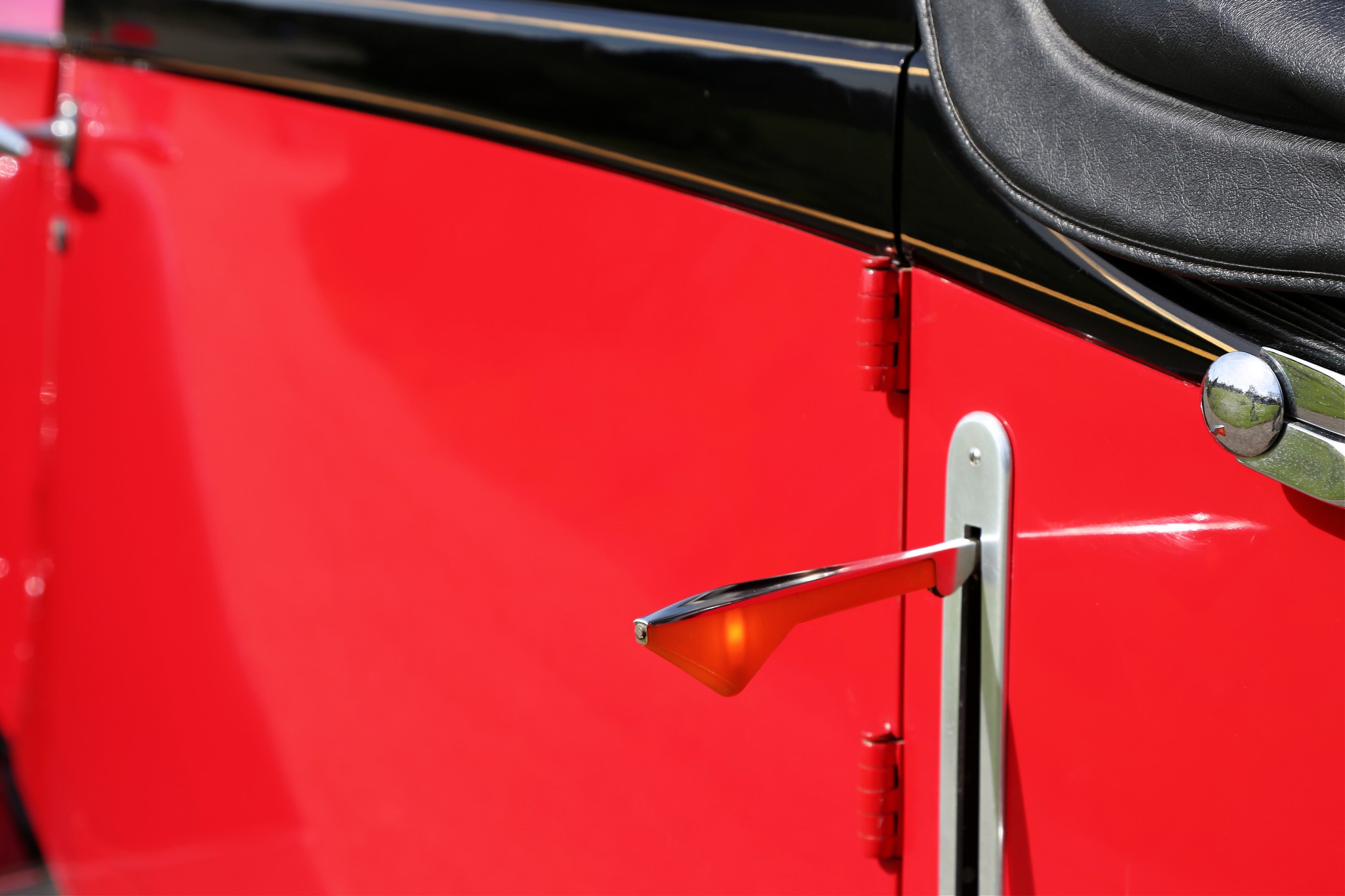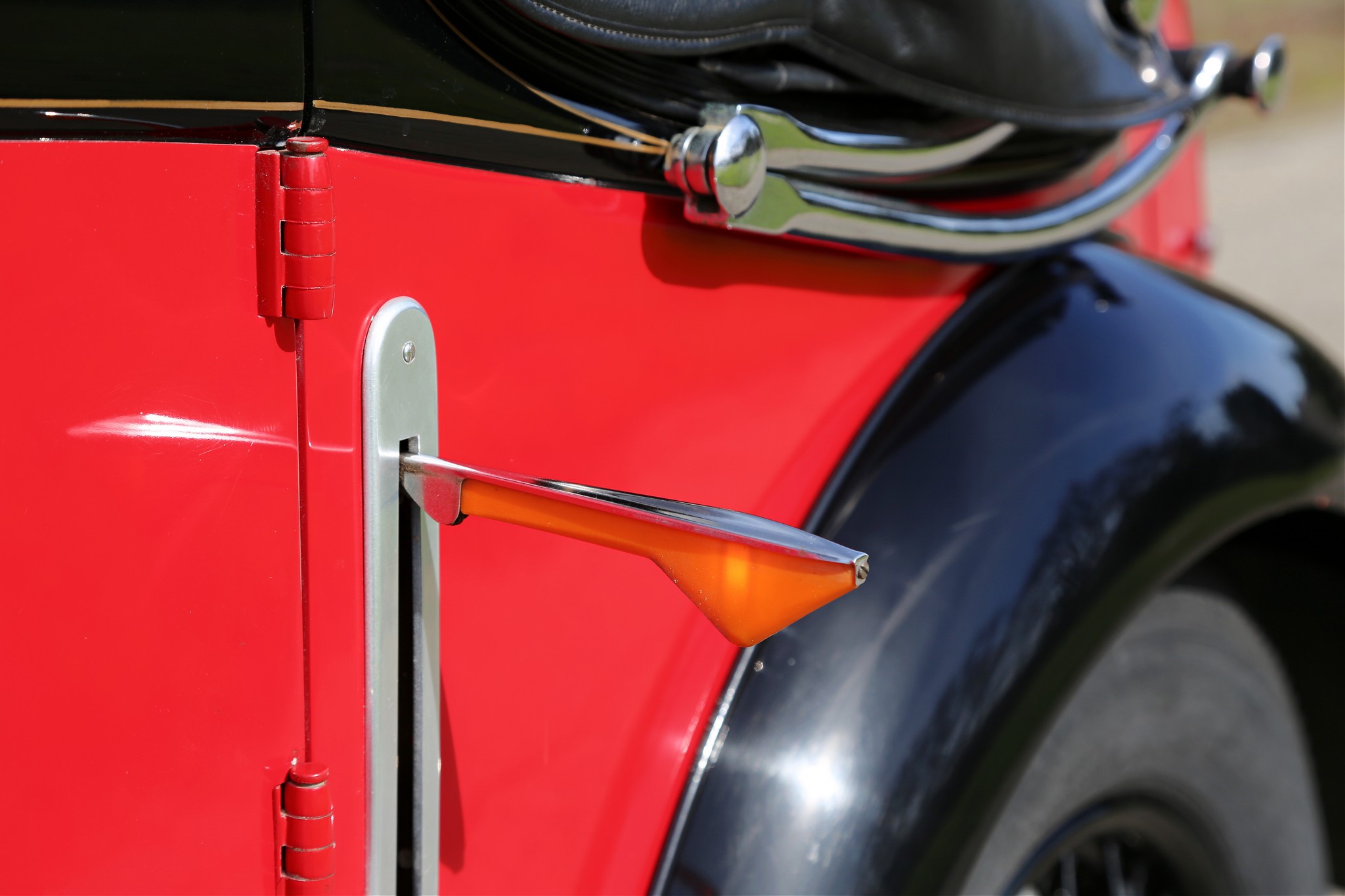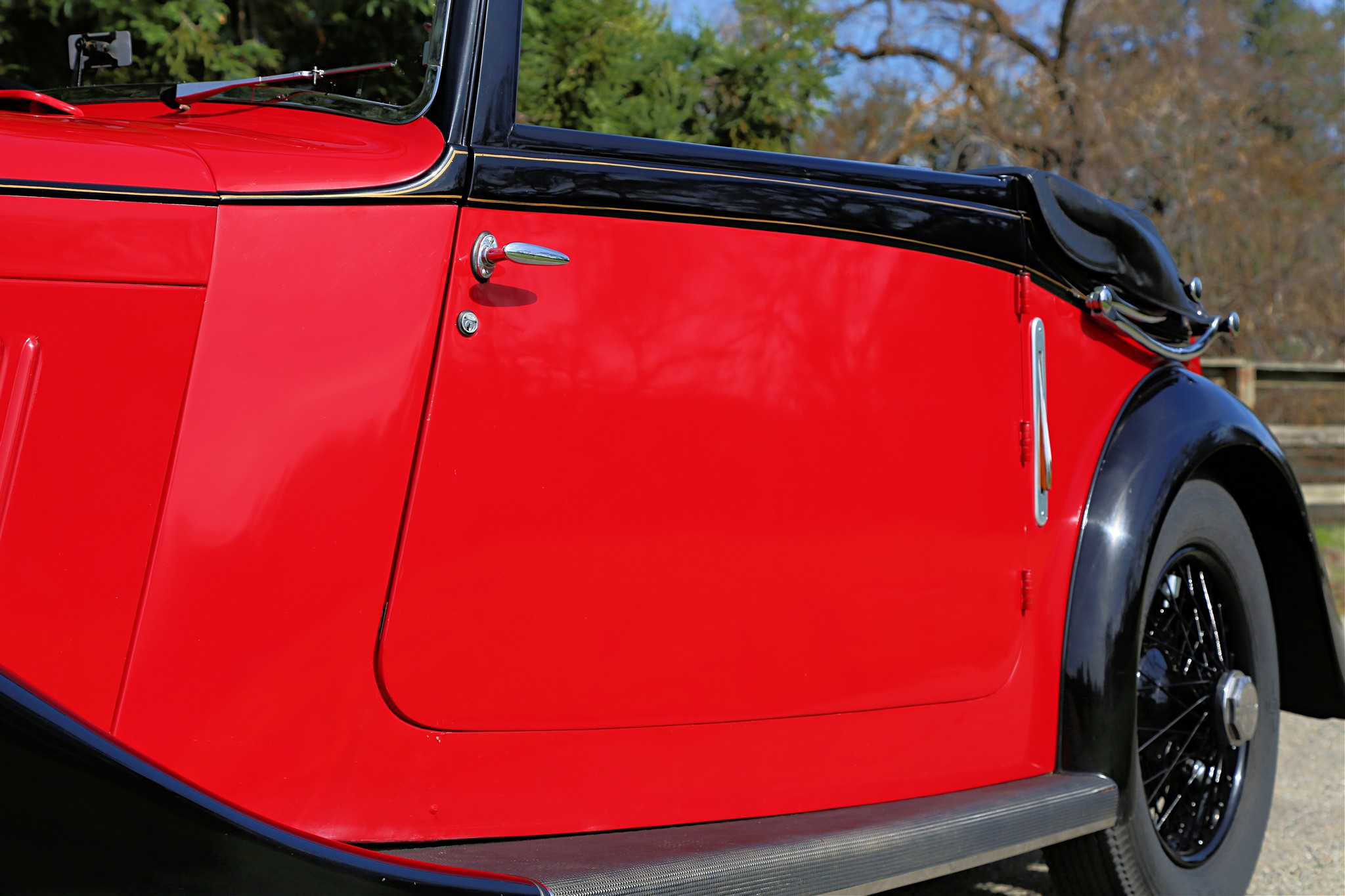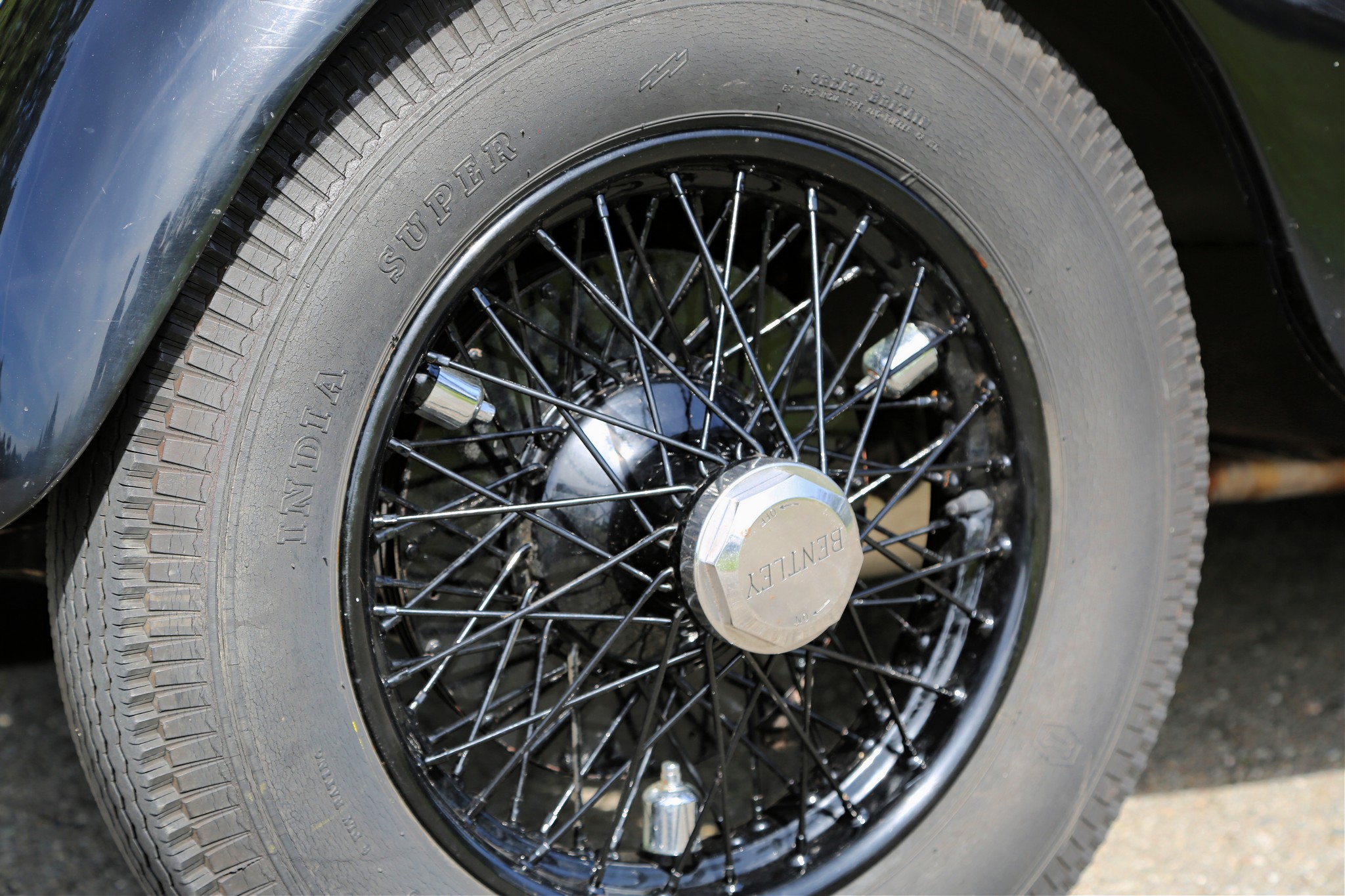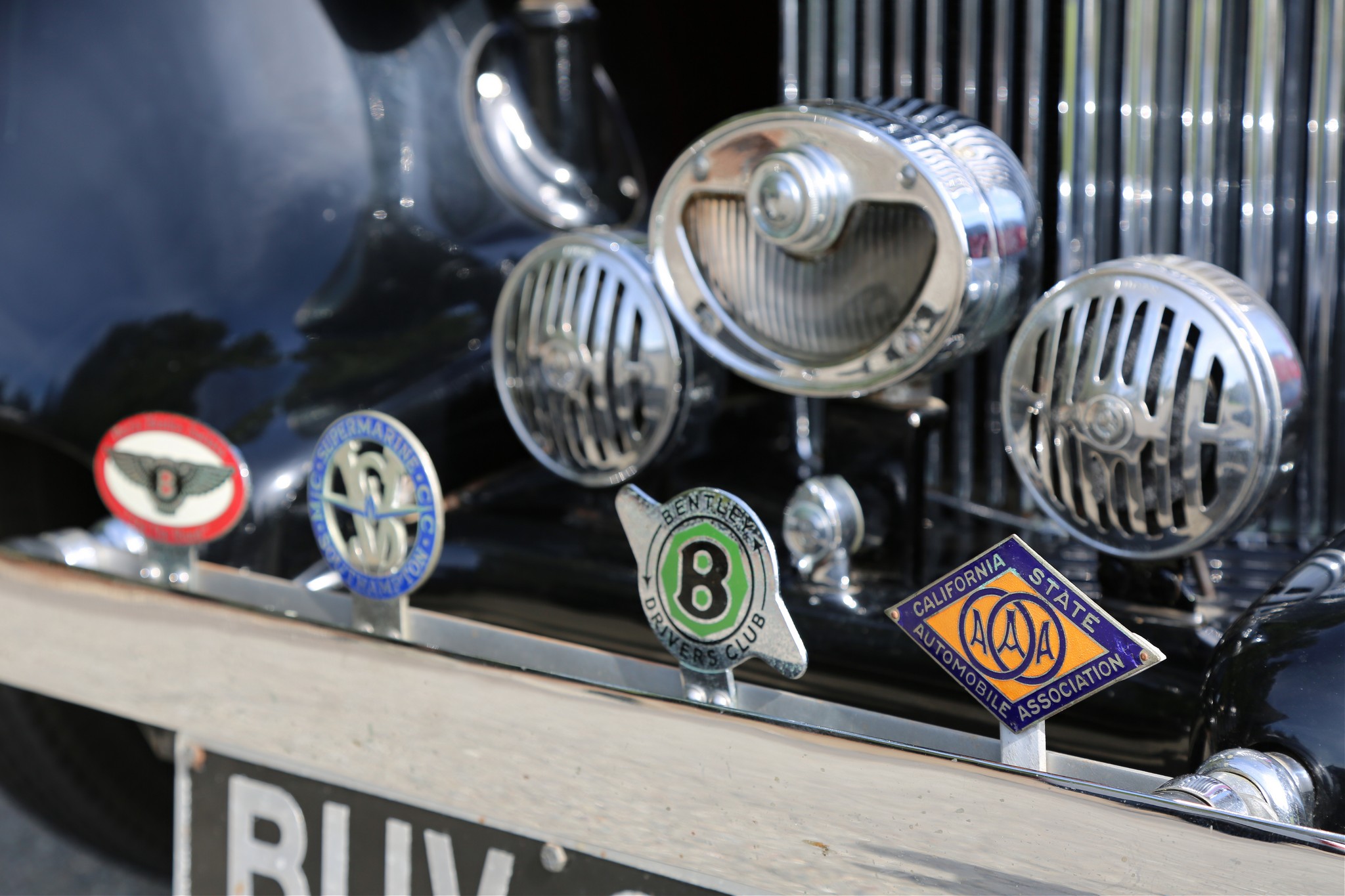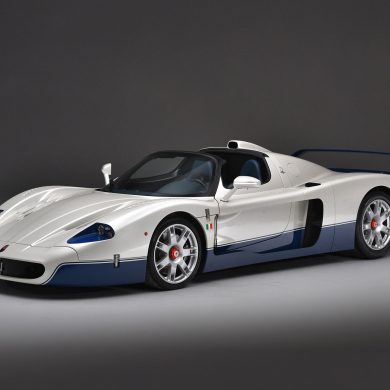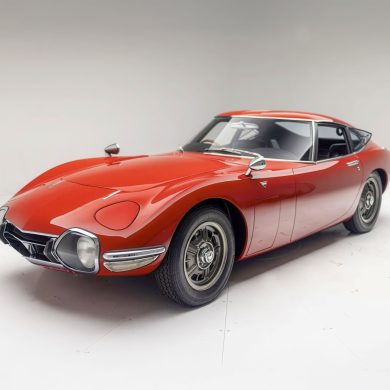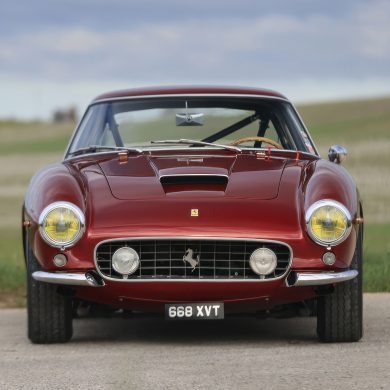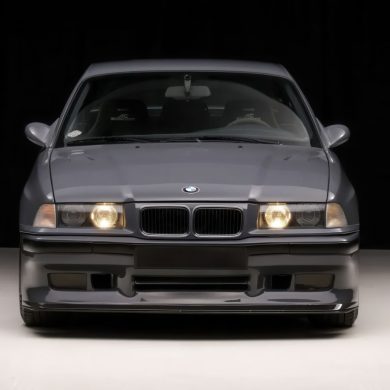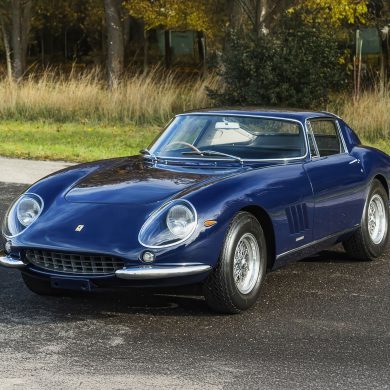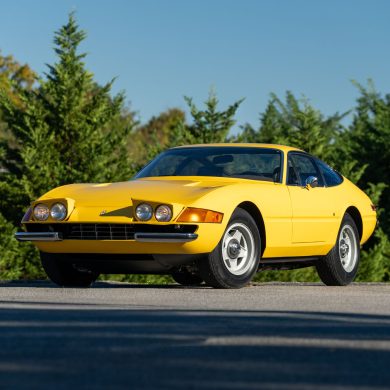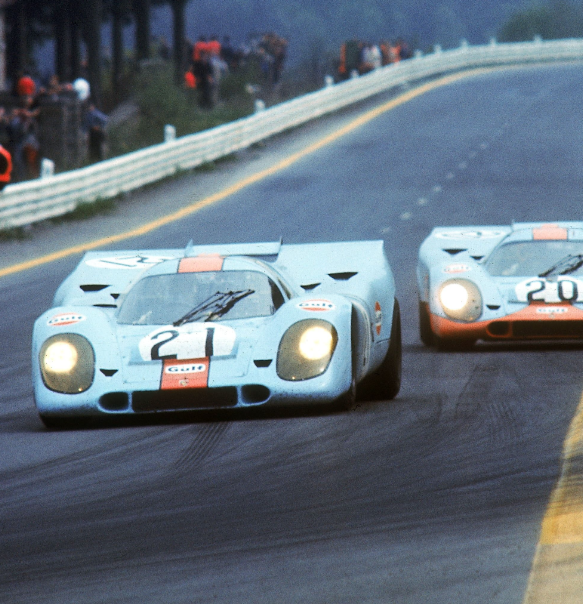In the 1930s, it was not unusual to bring an older late-model luxury car back to the dealer, manufacturer, or coachbuilder to have it rebodied with something newer and more fashionable. In this case, the opposite was done – the old body on this car was removed and fitted to a newer car. Who would do such a thing and why? The story of how this car, B2DG, came to exist as it does today is most interesting.
The Woolf Barnato Connection
At center of this story is none other than Woolf Barnato, one of the original “Bentley Boys” and a key figure in the storied history of Bentley. Known to his friends as “Babe,” Barnato was a sportsman, a racer and promoter. He was also extremely wealthy. Born Joel Woolf Barnato in 1895, he was the son of Barney Barnato, one of the most powerful and influential British businessmen of the late 19th century who amassed a fortune with his gold and diamond mining interests in South Africa.
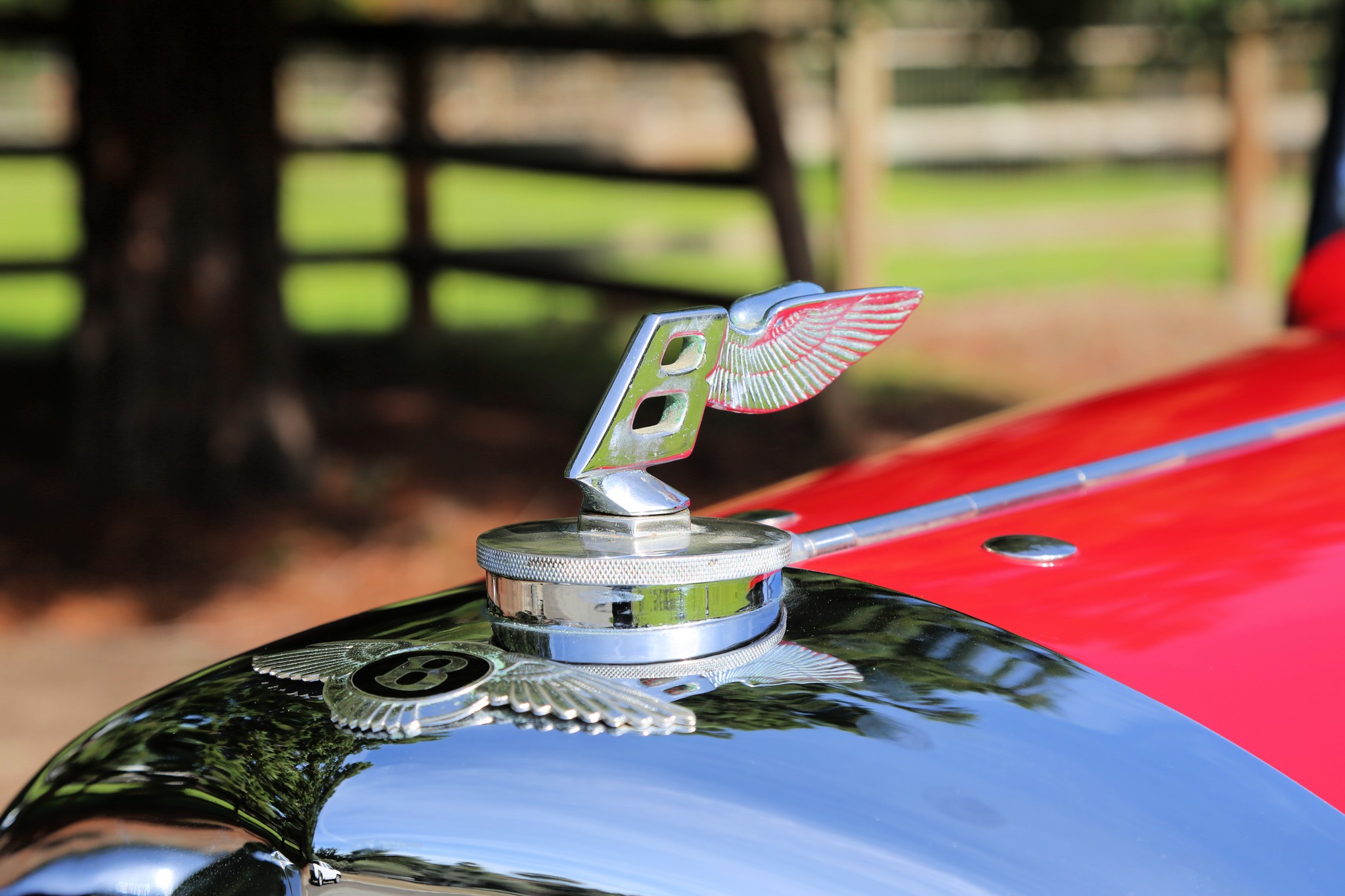
Barney Woolf passed away when Woolf was only two years old, however he would soon become famous as well. Woolf Barnato was the quintessential British sporting gentleman, entertaining himself with yachting, cricket, the equestrian arts and competitive swimming. He also loved cars. Woolf was very impressed with Bentleys, even though he was a personal friend of Ettore Bugatti, purchasing his first 3-liter Bentley in 1925. Soon he and his friends began successfully racing their Bentleys. Despite a Bentley win at the 24 Hours of LeMans in 1924, the company was in serious financial trouble.
Wanting to save the company that built the cars he loved, Barnato made an arrangement with W.O. Bentley to become director of the company. Barnato was made chairman of Bentley in exchange for his financial backing, provided through a financial services firm that Barnato created for that specific purpose. With the influx of cash from Barnato, the company continued and Barnato won Le Mans three straight times behind the wheel of a works Bentley. He even out raced a train between France and England, using a Bentley on public roads and won. The good financial situation did not last long for the company. The effects of the Great Depression resulted in selling Bentley to Rolls-Royce in 1931, however Barnato would rejoin the company’s board in 1934.
Chassis B2DG
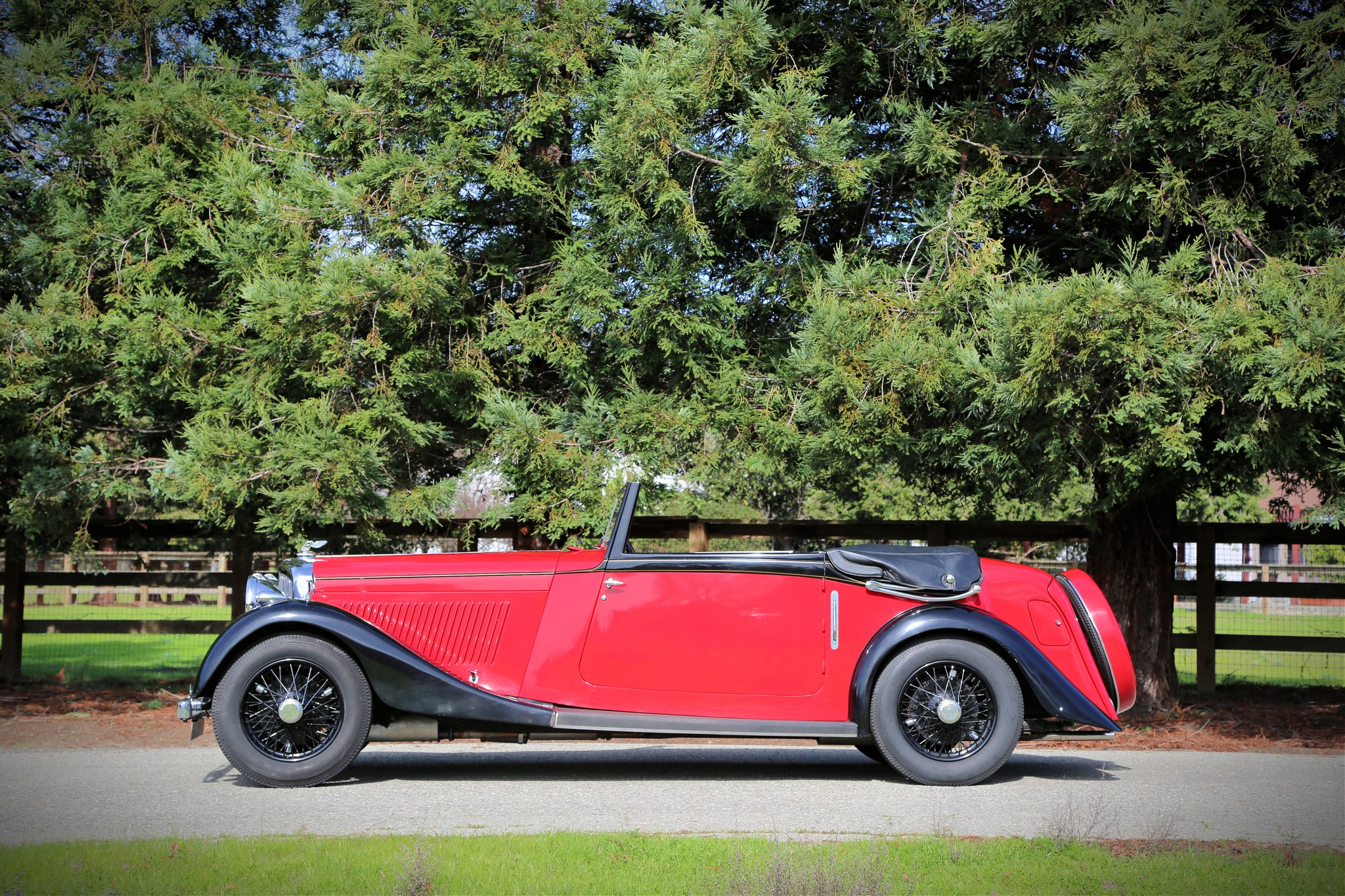
Later that same year Barnato ordered a new 3 ½ -Litre, chassis B2DG. The original order form for the car, dated March 20, 1935, was originally in the name of Capt. Woolf Barnato, however ‘Capt’ is crossed out and replaced with ‘Mrs’. Interestingly, the original coachbuilder’s name, Thrupp and Maberly, is crossed out in favor of HJ Mulliner. The original HJ Mulliner body was a sleek Streamlined Drophead Coupe with a disappearing top and dramatic sloping quarter panels, boot lid and rear fender skirts. The design was the same as the HJ Mulliner London show car in 1934.
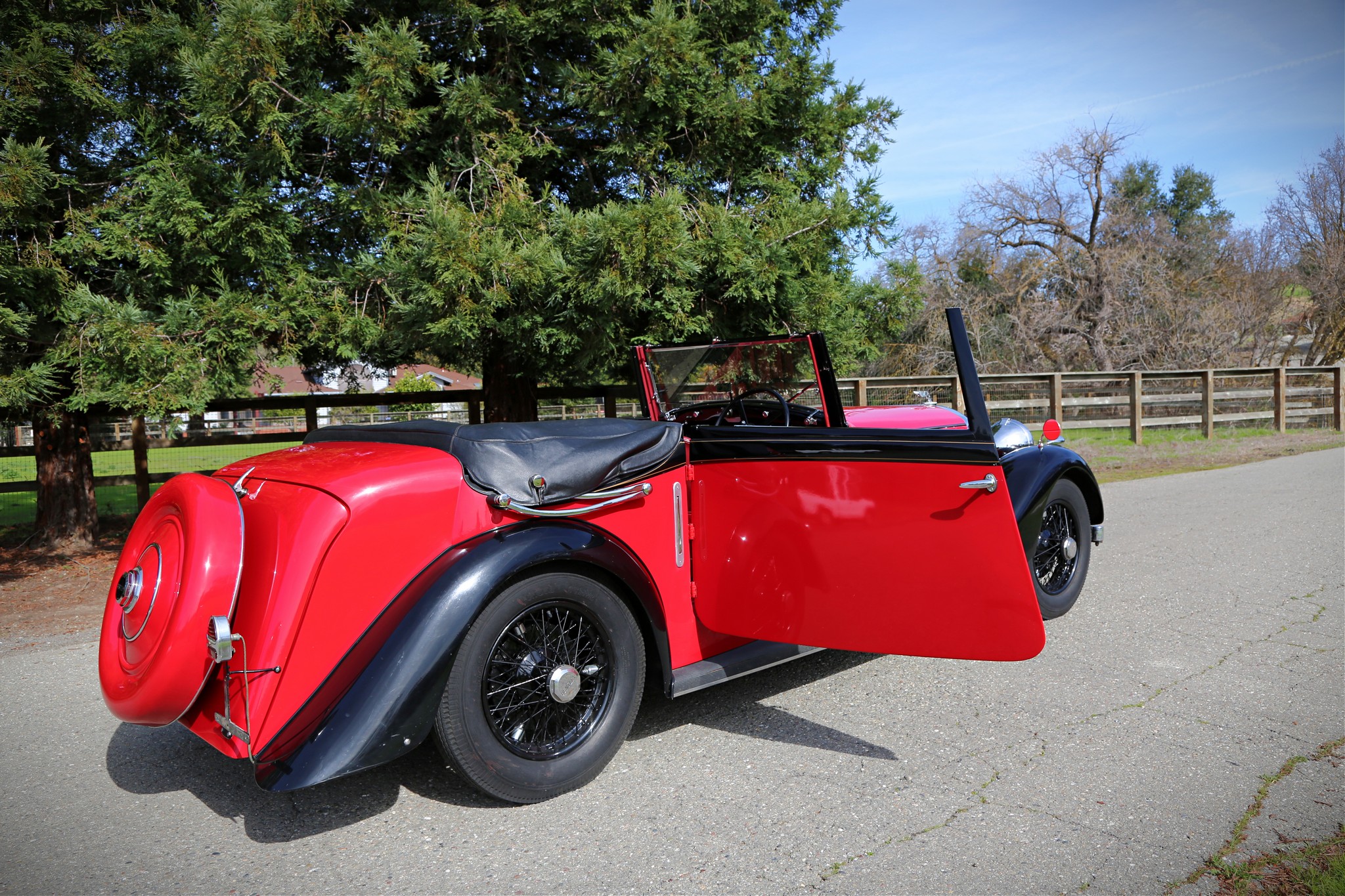
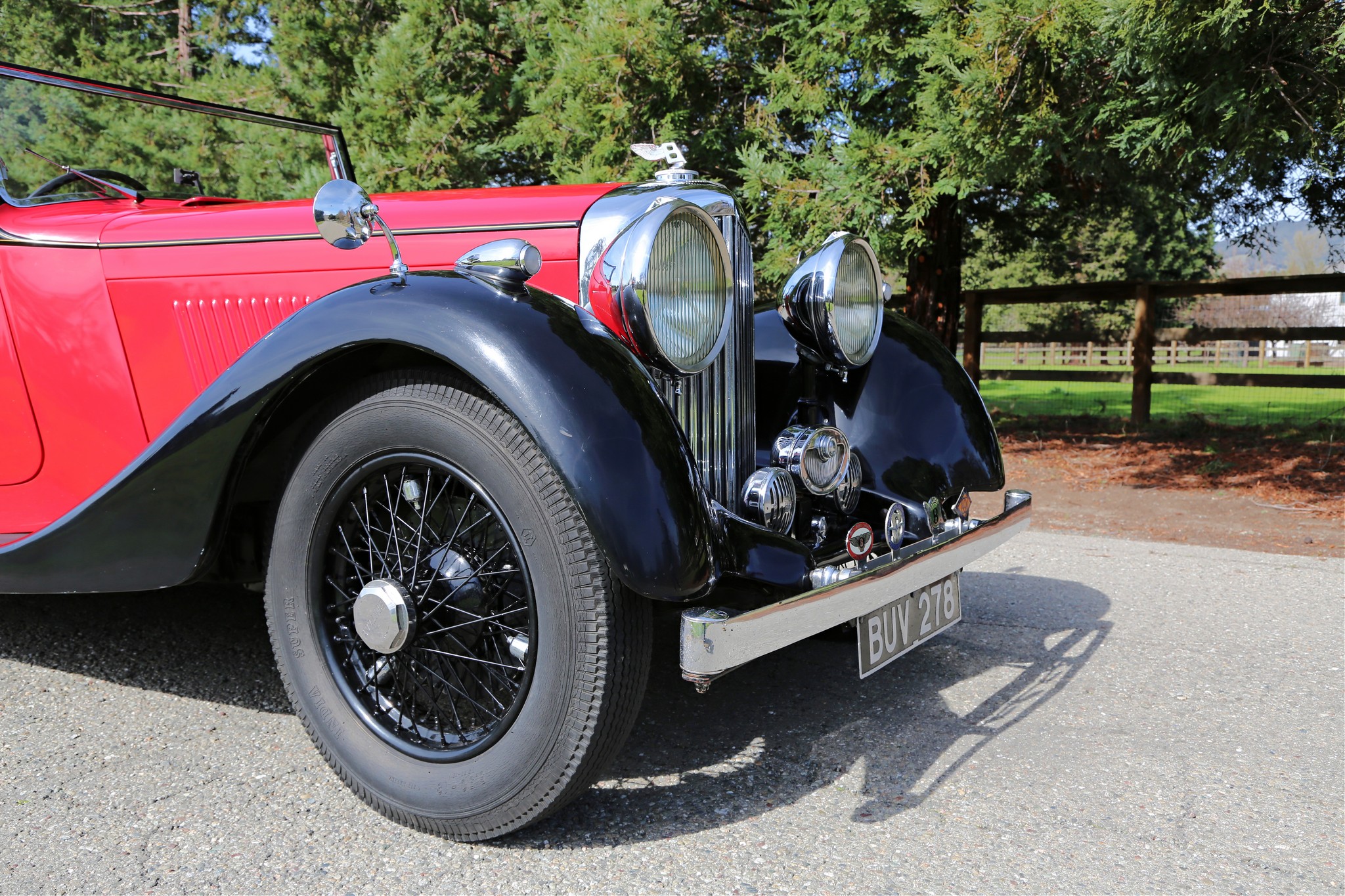
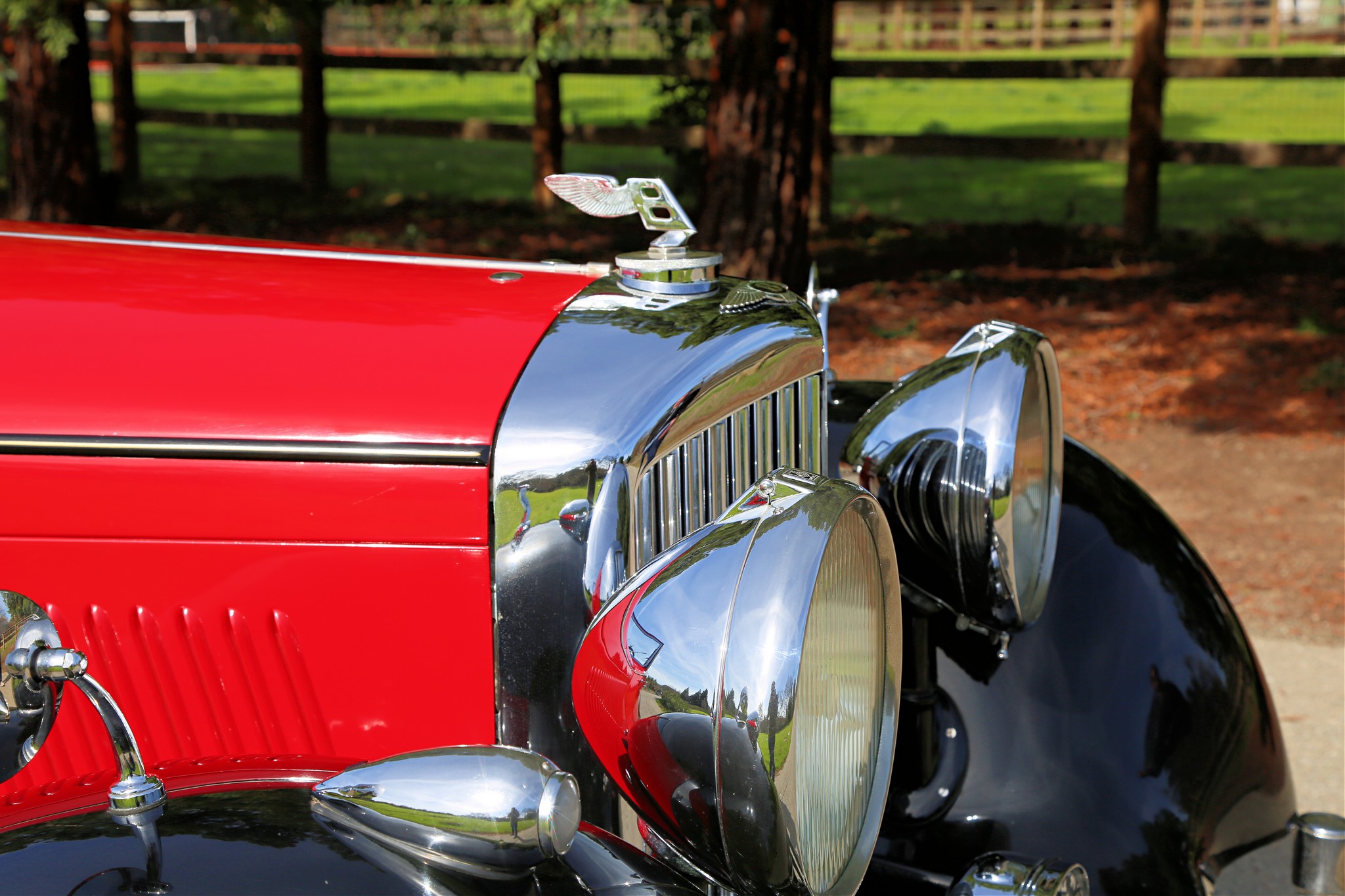
In 1936 Bentley brought out their new 4 ¼ -Litre model and of course Woolf Barnato wanted one right away. Another new Streamlined Drophead Coupe from HJ Mulliner would have taken many weeks or even months to create if the normal process was followed, which was to order a new chassis from Jack Barclay and then send it to the coachbuilder. Barnato instead ordered B121GP with a plan in mind. Records indicate a Vanden Plas pillarless saloon coupé body was specified, but again the coachbuilder’s name was crossed out and replaced with HJ Mulliner instead.
Next, Baranto had the HJ Mullier Aerodynamic body removed from B2DG and fitted to his new 4 ¼ – Litre car, B121GP in July of 1936. His first car, the 3 ½ Litre B2DG, was fitted with a new drophead coachwork by Park Ward, which it still wears today.
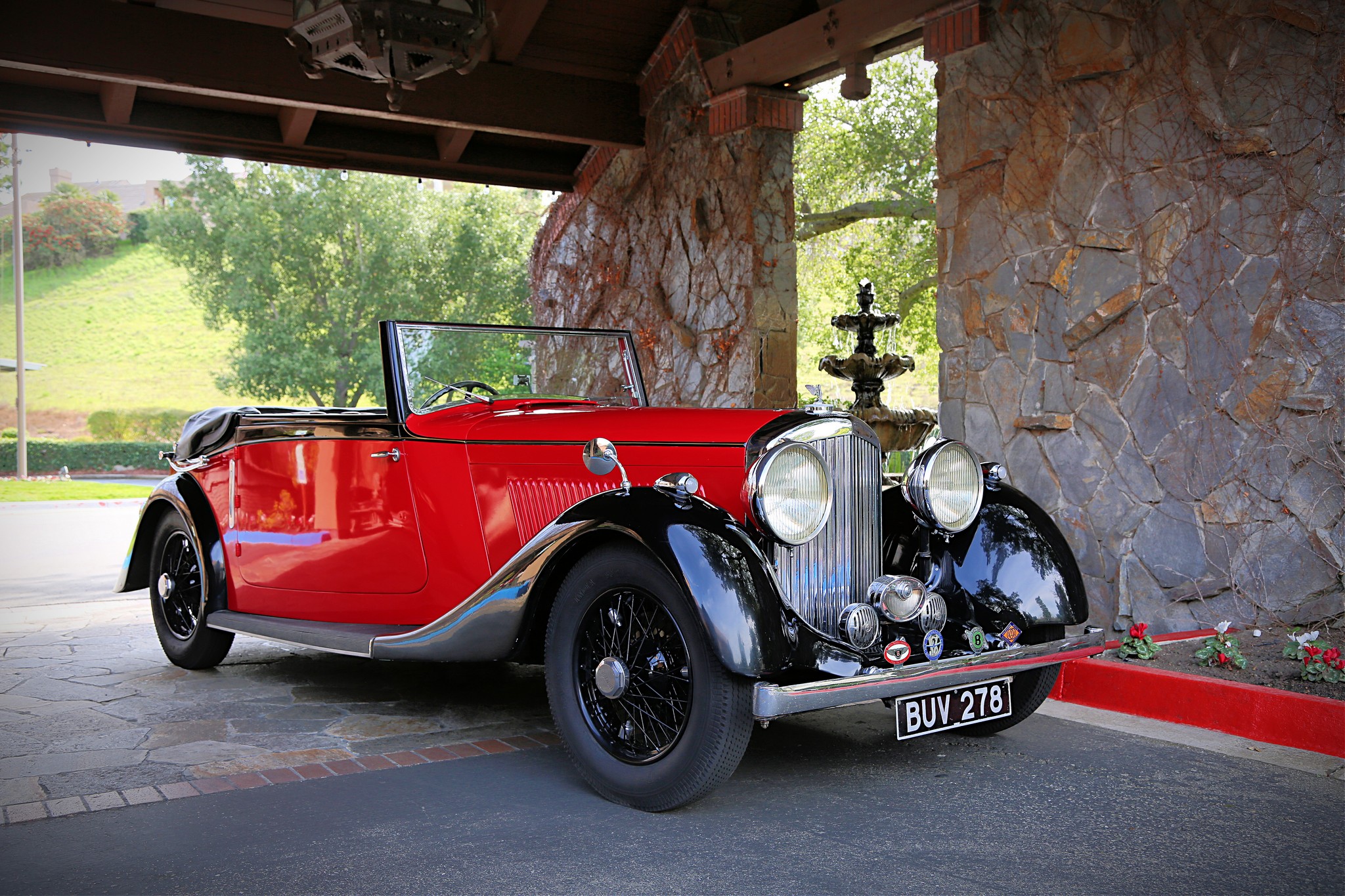
Mrs. Woolf Barnato sold the Park Ward bodied B2DG in December of 1937 to Mr. Dennis Williams of London, who subsequently sold it to a Mrs. R.W. Johnson of London in 1955 according to records. The whereabouts of the car were unknown until the late 1970s before it appeared in Northern California when it was owned by W.D. Sims, chief judge of the Northern California chapter of the RROC. The car was then acquired by Rolls-Royce and Bentley enthusiast Charles Spangenberg in 1988. By this time the car was in need of a complete restoration which was performed by its new owner. Spangenberg exercised the car regularly, participating in rallies, tours and club events, including the RROC International Meet in Monterey in 2004.
As for the original body that was fitted to chassis B121GP, it thankfully survives today in beautifully restored condition.
B2DG Today
This writer was able to spend the better part of the day with this wonderful Derby Bentley thanks to its current caretaker, Brian Murphy at Blackhawk Rolling Art near Danville, California.
The restoration on this Bentley is now well over thirty years old and still looks amazing. There is something about an old Bentley or Rolls-Royce that allows them to age gracefully like no other car. The soft patina of the paint and bright work, as well as the suppleness of decades-old leather reveals an old-world charm and character that I find captivating. These cars somehow become even more elegant with age.
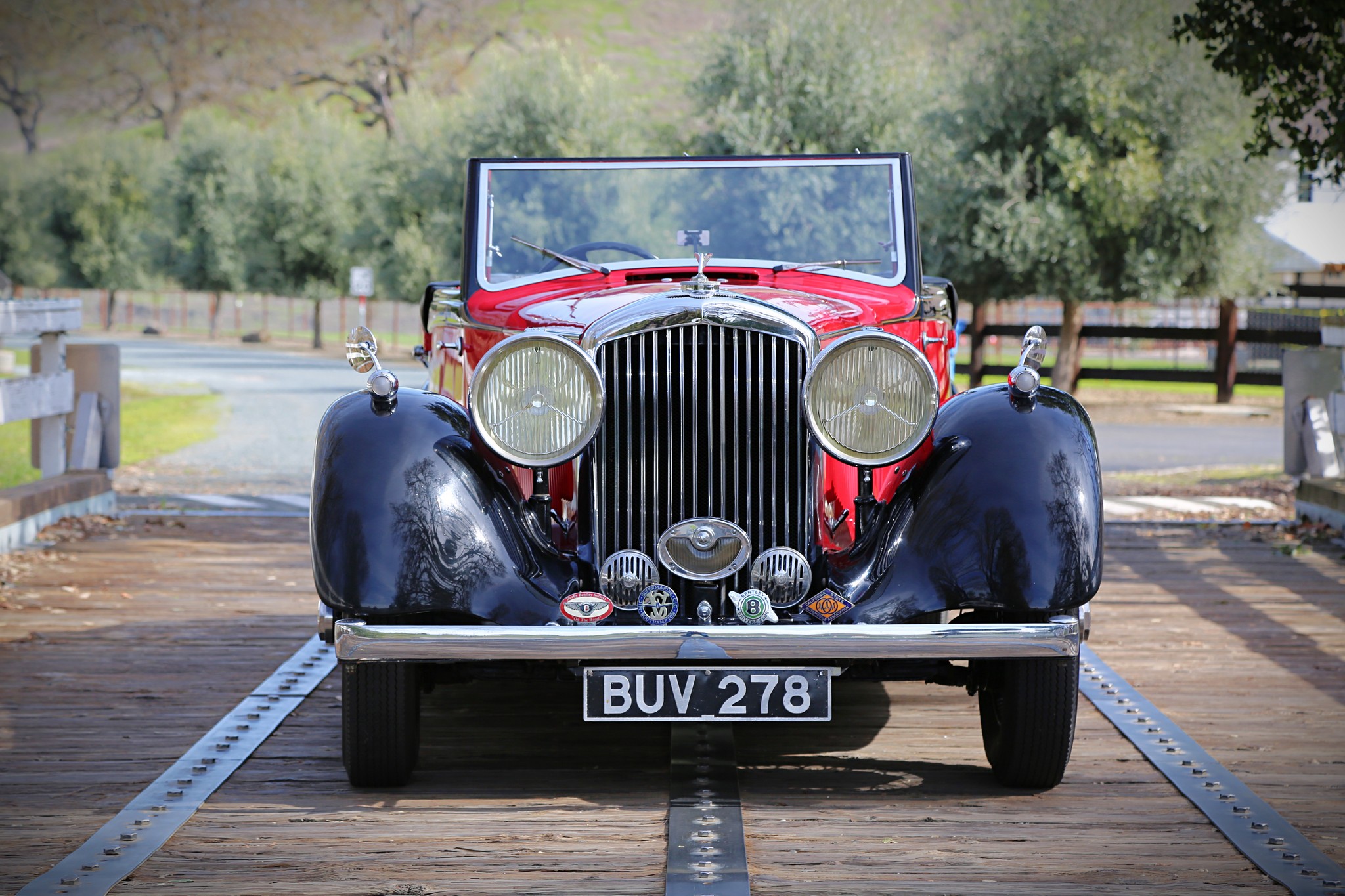
This is a handsome car. The proportions of the Park Ward body are balanced, elegant and sporty. The large chrome headlights and recessed grill shell make the car easily identifiable as a Bentley. This particular car has an interesting center-mounted driving lamp and a charming whiskey flask concealed behind the left kick panel.
Bentleys produced during this period were assembled at Rolls-Royce factory in Derby, England, and are affectionally referred to by some enthusiasts as “Derby Bentleys” today. Even though these cars were similar to its Rolls-Royce 20/25 stable mate, I find the Bentley more enjoyable to drive.
The drivetrain of the Bentley is largely the same, with the transmission and braking system feeling about the same, however the big difference is under the hood. The Bentley’s engine is enhanced with a cross-flow cylinder head, a higher compression ratio, a more aggressive camshaft and twin SU carburetors. These modifications turn the rather pedestrian performance of the Rolls-Royce into the ‘Silent Sports Car’, seen in Bentley’s famous advertising promotions.
Driving Impressions
Sitting behind the wheel of B2DG is comfortable, with the steering wheel, pedals and shifter placed well and easy to reach and operate. The engine is responsive and runs exceptionally well in this car. The gated shifter helps guide the driver to the next gear. As I spent more time behind the wheel, I remembered that these cars like to be double-clutched when shifting from first to second, but a single clutch in the other gears is sufficient. The transmission has four forward gears, however the first gear is very low and not necessary to use unless starting out on a grade. Interestingly, only the top two gears are fully synchronized.
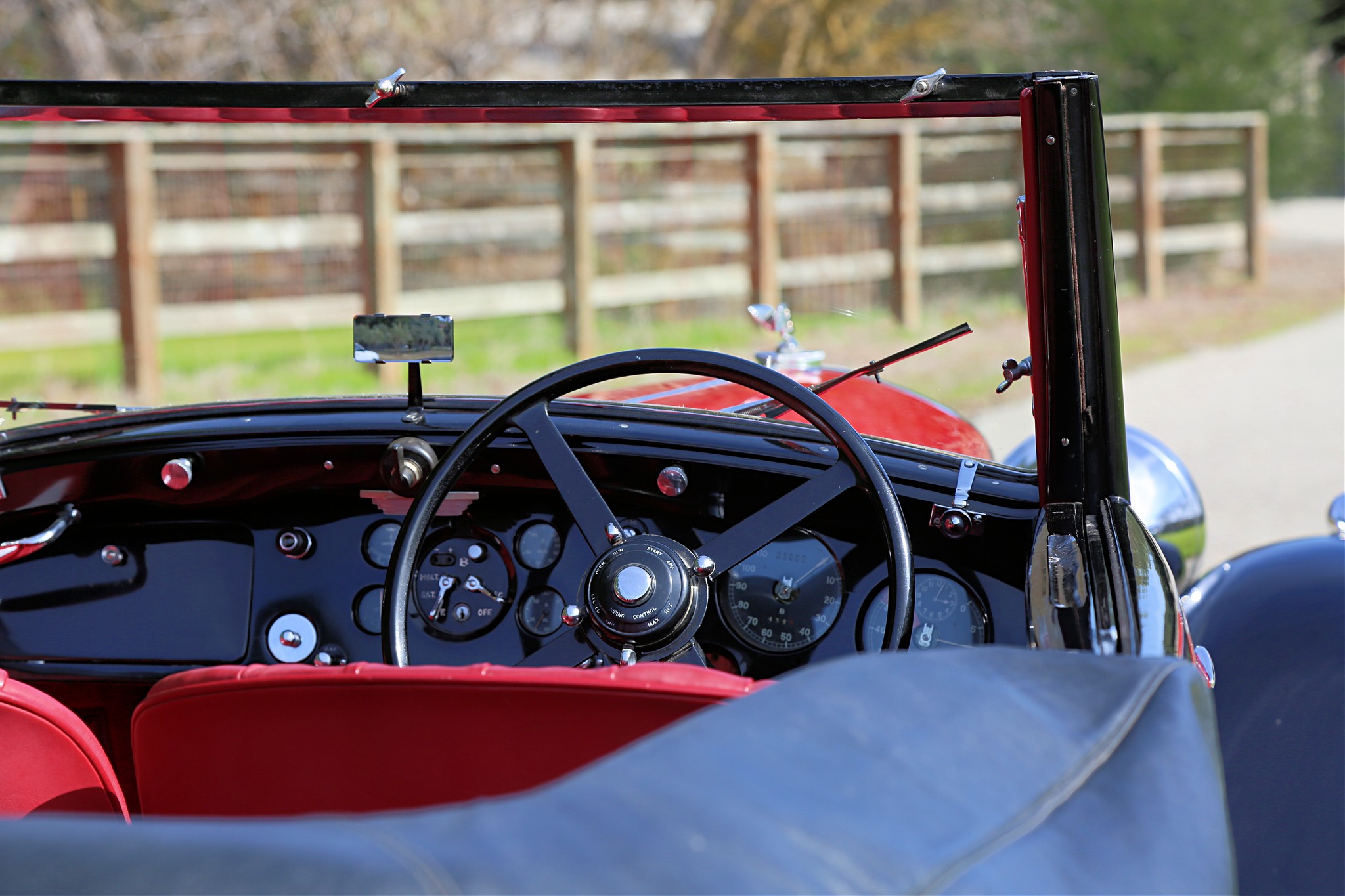
The Bentley’s chassis is shorter and has a lower center gravity than the comparable Rolls-Royce, plus the car is lighter, resulting in remarkably sporting handling characteristics for a car of this vintage. The steering is heavy, but quick with no slack. This car goes just where you point it. This car is really fun to drive and it is amazing that any car produced in 1935 can handle so well. If I’m impressed now, you can just image how much they were appreciated when new.
Michael Ellman-Brown, author of the book Bentley – The Silent Sports Car 1931-1941, features some letters from new Bentley owners. One 3 ½ -Litre buyer was impressed enough with his new Bentley to write “It is, on consideration of all its qualities, the best high-speed motorcar I have ever driven on the road and I have tried most of them. Besides the really powerful brakes, the outstanding virtues are the excellent steering and leech-like road holding. These make the car handle more safely than anything I have driven while maintaining a high average.
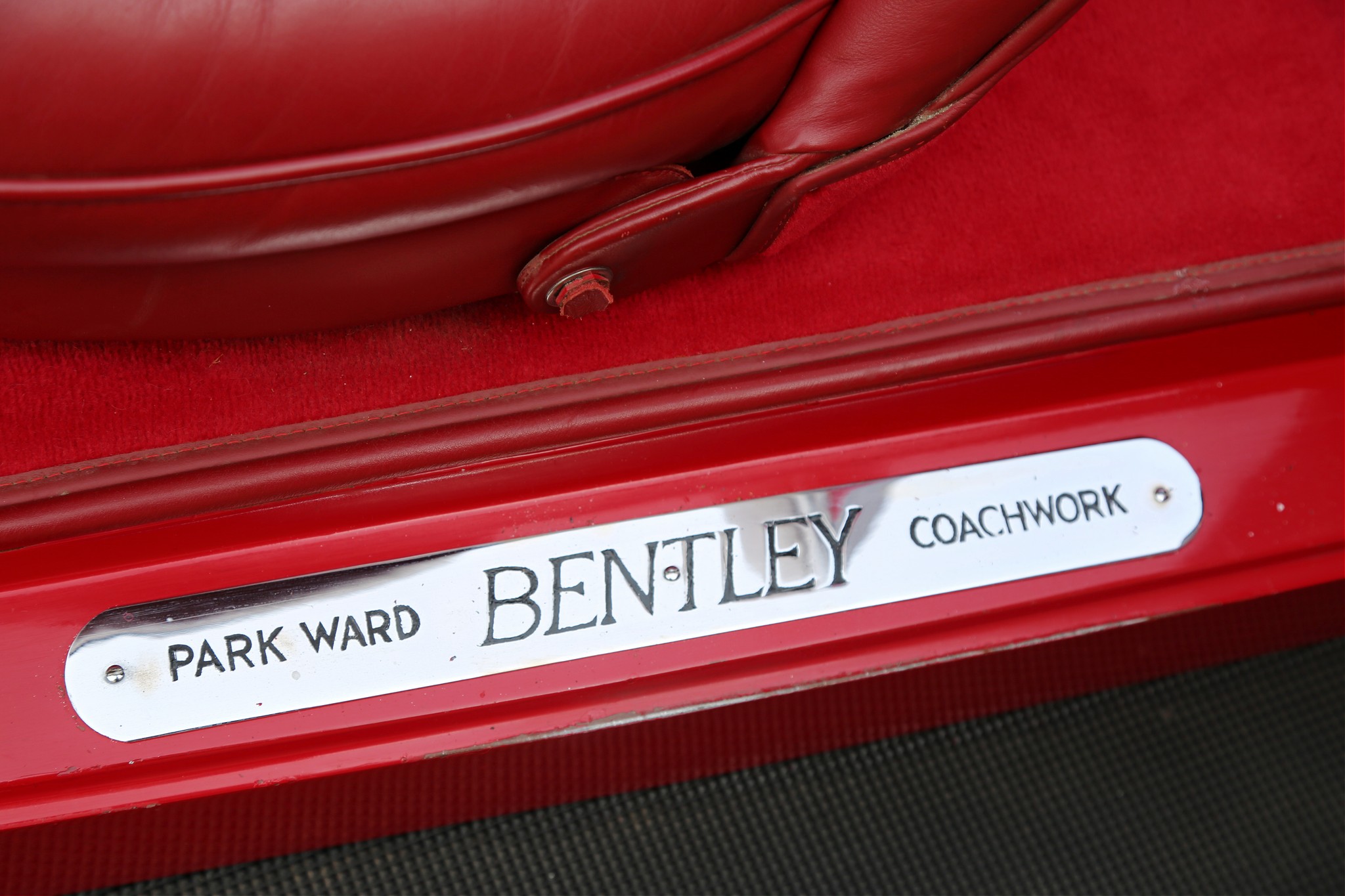
Another was compelled to write, “Its greatest fascination, to me, does not lie solely in its speed. The acceleration, road holding and braking are such that here is a car which is safety personified. That delightful synchromesh gearbox with its intriguing third will, to me, be ‘a joy forever’. So I could go on talking about every outstanding feature, such as perfect steering and excellent springing, showing that every part has been designed and produced with infinite care and blended into an unique chassis which is, in more senses than one, ‘the Rolls-Royce of sporting cars’. The 3 ½ -Litre Bentley is the latest and, in my opinion, the greatest of all the models bearing that famous name and the finest car of its type yet produced.”
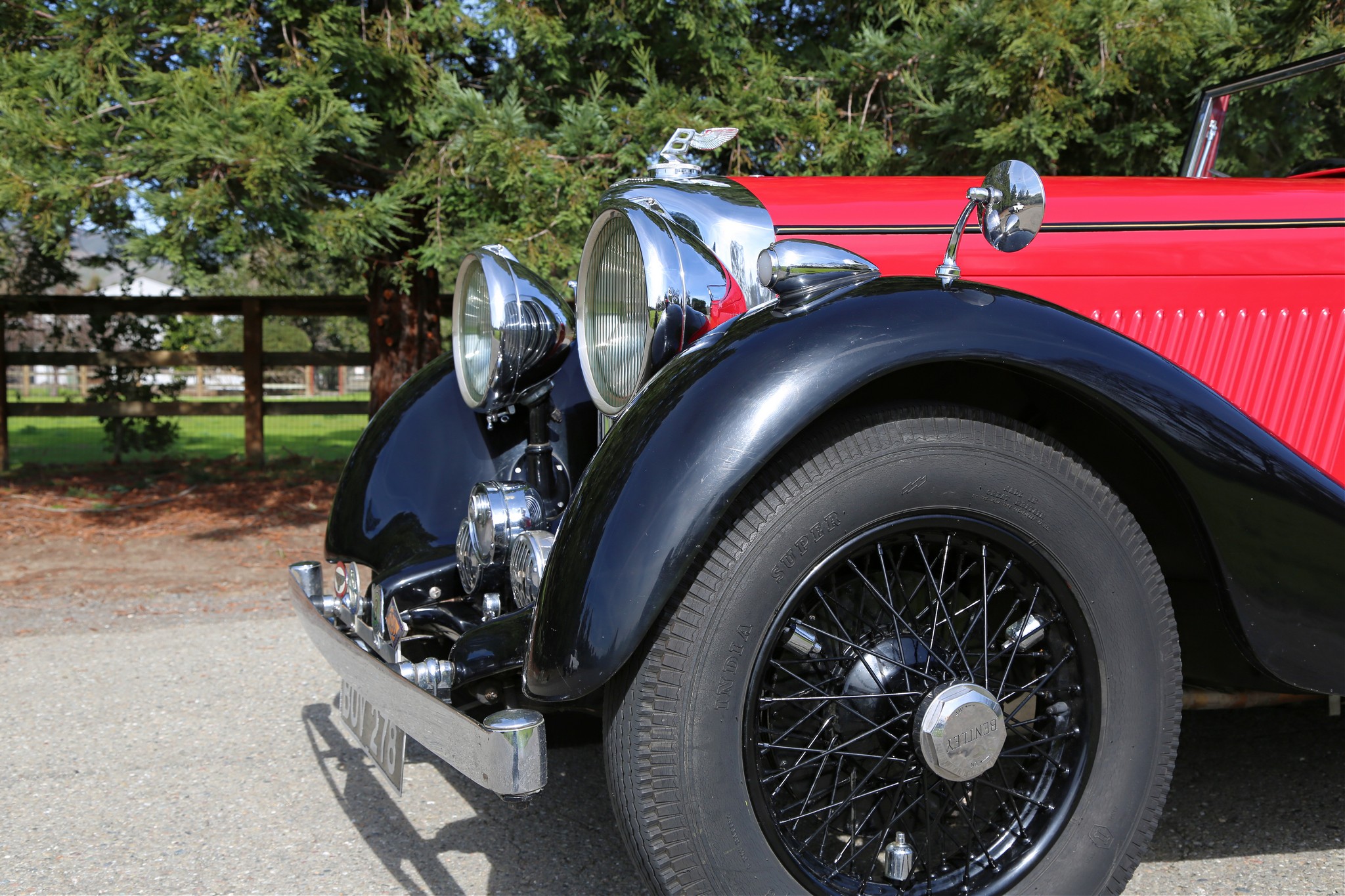
With a famous original owner and a fascinating early history, this Bentley has thankfully survived and is in good hands today. Perhaps one day this car and its 4 ¼ -Litre B121GP cousin that wears this car’s first body will appear at a car show or gathering together some day.


